Joyful Jewish Wedding Overlooking The Great Outdoors
May 6, 2021
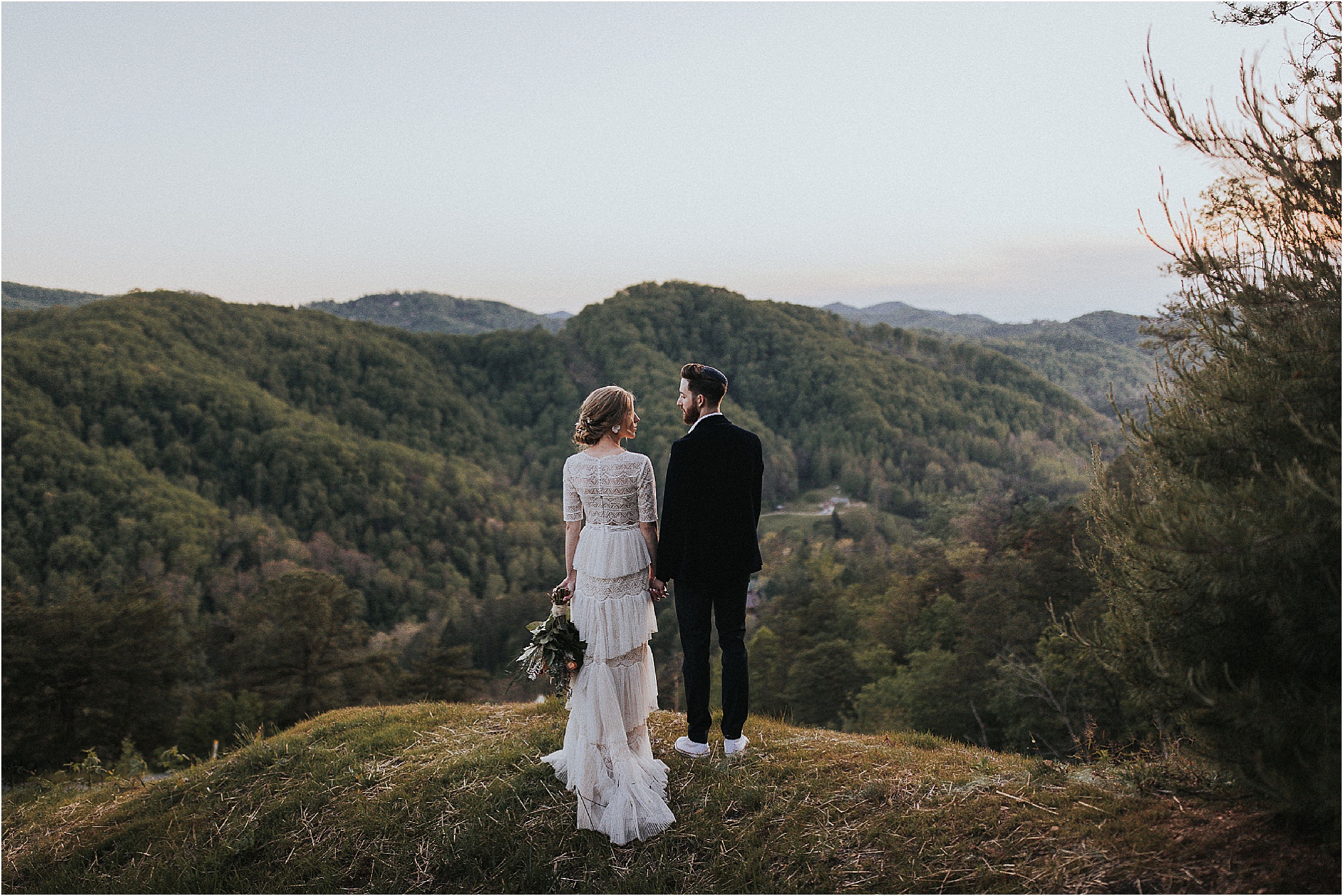
Joyful Jewish Wedding Overlooking The Great Outdoors
As we made out way through the wedding gallery of Danielle and Drew, we couldn’t help but feel an overwhelming joy in our hearts. Honestly, we didn’t want the gallery to end! This Jewish wedding is the epitome of the coming together of two families and celebrating in a time of pure happiness.
Danielle and Drew reclaimed every corner of our mountain wedding venue to create and unique and memorable wedding with the help of designer Kinzie of I Do…Weddings and planner Rachel Glazer. Our Grand Hall transformed into a chic space for The B’deken, where Danielle and Drew were each other for the first time. The pavilion was the perfect place for the signing of the Ketubah, and our ceremony decked housed the most beautiful of Huppahs.
Jewish Wedding Traditions
We hope this wedding will have you screaming “Mazel Tov!” If you want to learn more about Jewish weddings and traditions, keep reading below! If you are interested in making our wedding venue your forever wedding home, please contact us today!
Mazel Tov
Even if you don’t practice the Jewish faith, you may have heard this phrase. Mazel Tov is used as “congratulations,” but it means “good fortune,” which is a lovely wish for a new couple at the end of a Jewish wedding ceremony.
The Ketubah and The Ketubah Signing
The Ketubah is a Jewish marriage contract. It is signed by the groom, the rabbi, and two male witnesses. In Reform and Conservative congregations, the bride may also sign the Ketubah. Femail witnesses can add additional lines. The Ketubah belongs solely to the bride. It is hers to keep as proof of her rights and the groom’s responsibilities.
The B’deken
The first time a bride and groom see each other in an Orthodox wedding is during the b’deken. Also known as the veiling of the bride. All the men (including both fathers) lead the groom to the bride’s room. This is where both mothers and all the women surround her. The groom lowers the veil over her face, setting her apart from everyone else and indicating that he is solely interested in her inner beauty.
The Huppah
The Huppah is known as the wedding canopy. It dates back to the tent-dwelling Jewish nomadic days. Historically, Jewish wedding ceremonies were held outdoors, and the Huppah created an intimate, sanctified space. There are no formal requirements for its size, shape, or appearance. Therefore, couples can create a Huppah that is unique to them.
Breaking of the Glass
Nothing says “Jewish wedding” more than the sound of breaking glass. But what’s the point? Depending on whom you ask, the breaking of the wineglass is, among other things:
- A symbol of the destruction of the Temple in Jerusalem.
- A representation of the fragility of human relationships.
- A reminder that marriage changes the lives of individuals forever.
It’s also the official signal to shout, “Mazel Tov!” and the start of the party!
The Hora
The traditional hora, or chair dance, is the highlight of a Jewish wedding reception. The wedding couple is lifted above the crowd on chairs while guests sing “Hava Nagila.”
Birkat Hamazon
The last of the Jewish wedding rituals is the Birkat Hamazon, which is a blessing. This blessing is recited by the guests, often with booklets handed out. The seven wedding blessings are repeated. At the end, the person leading the blessing honors the wine, then pours wine from two cups into one. That person then drinks from the original cup and hands the other two cups to the newlyweds to drink.
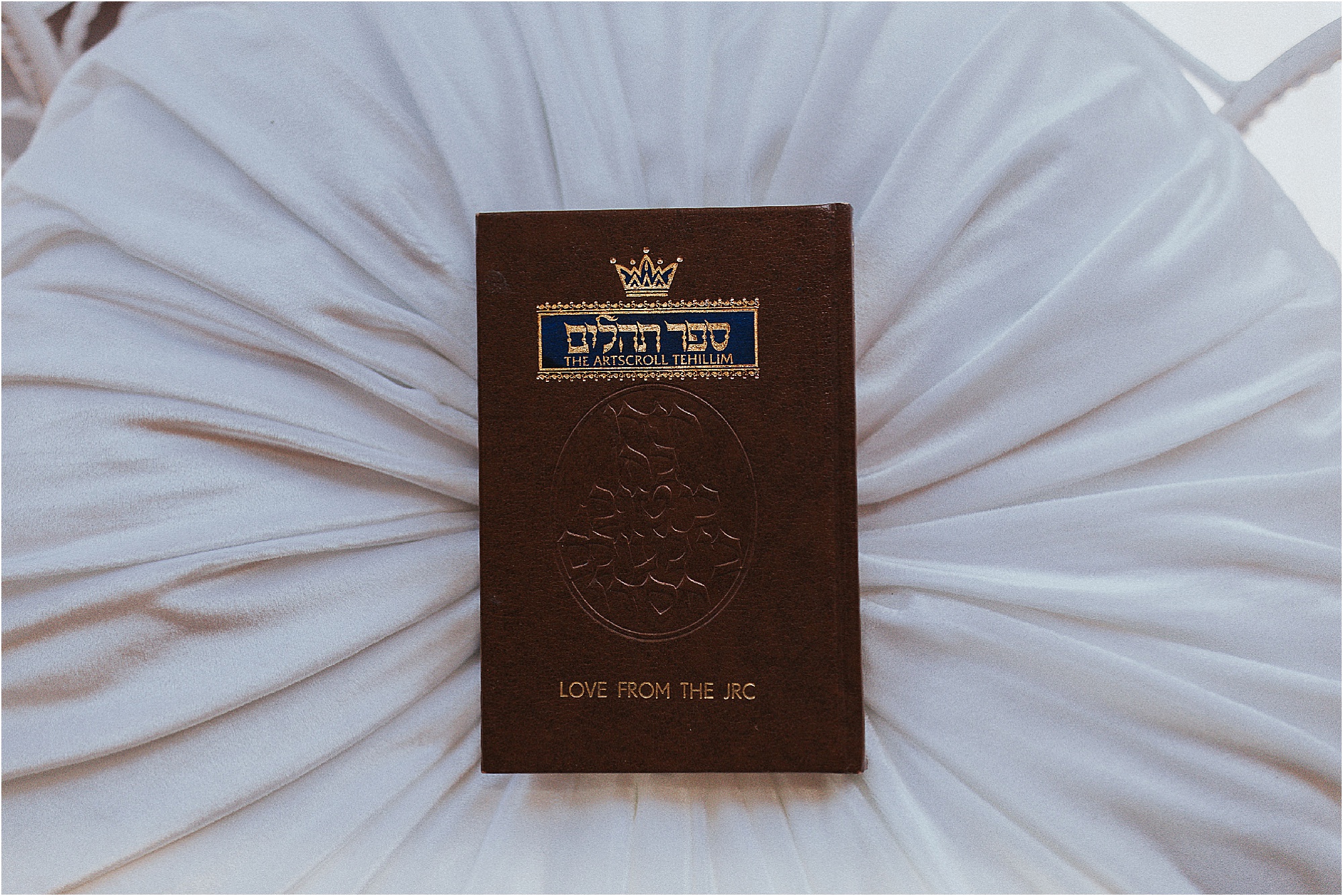
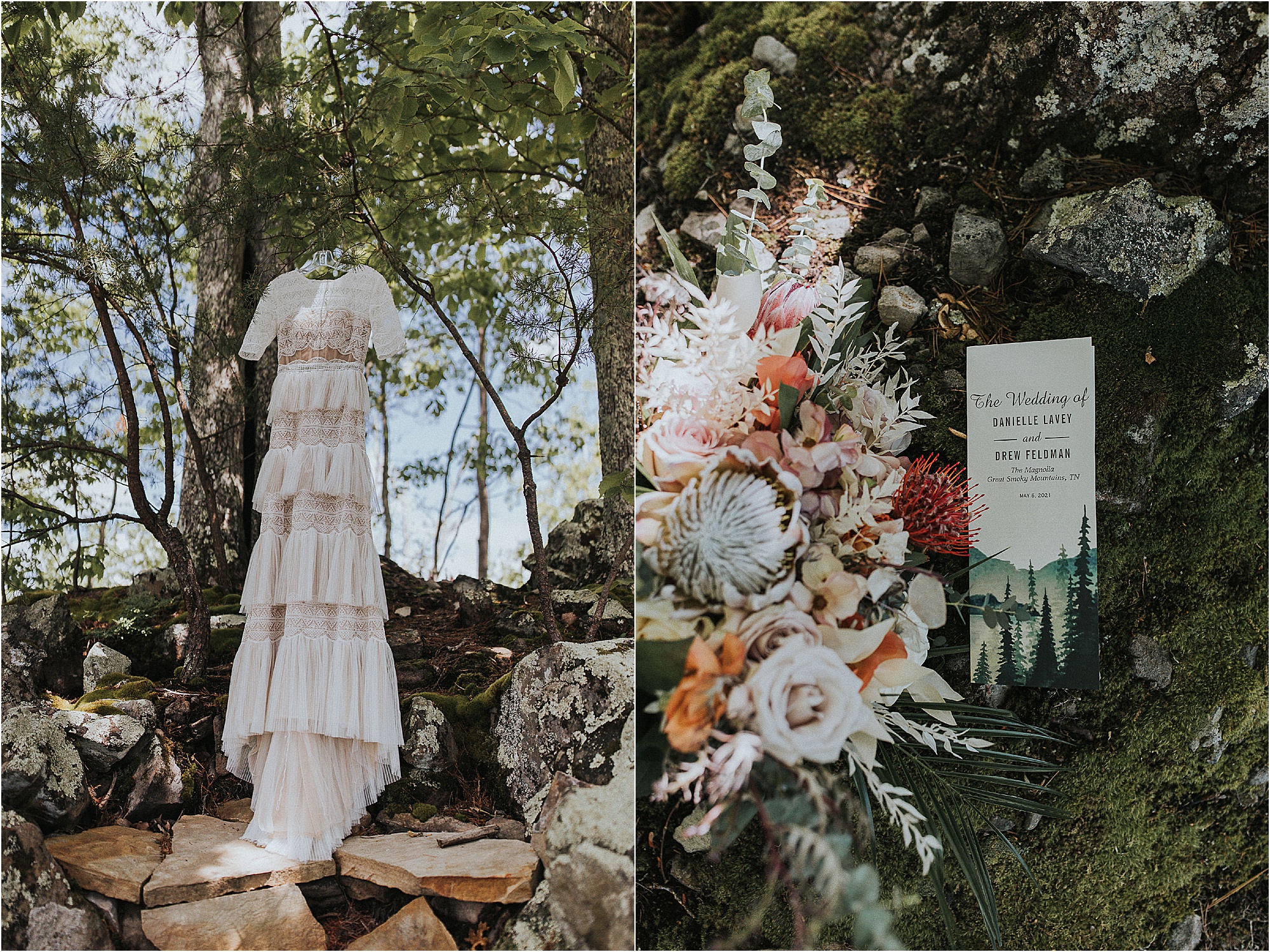
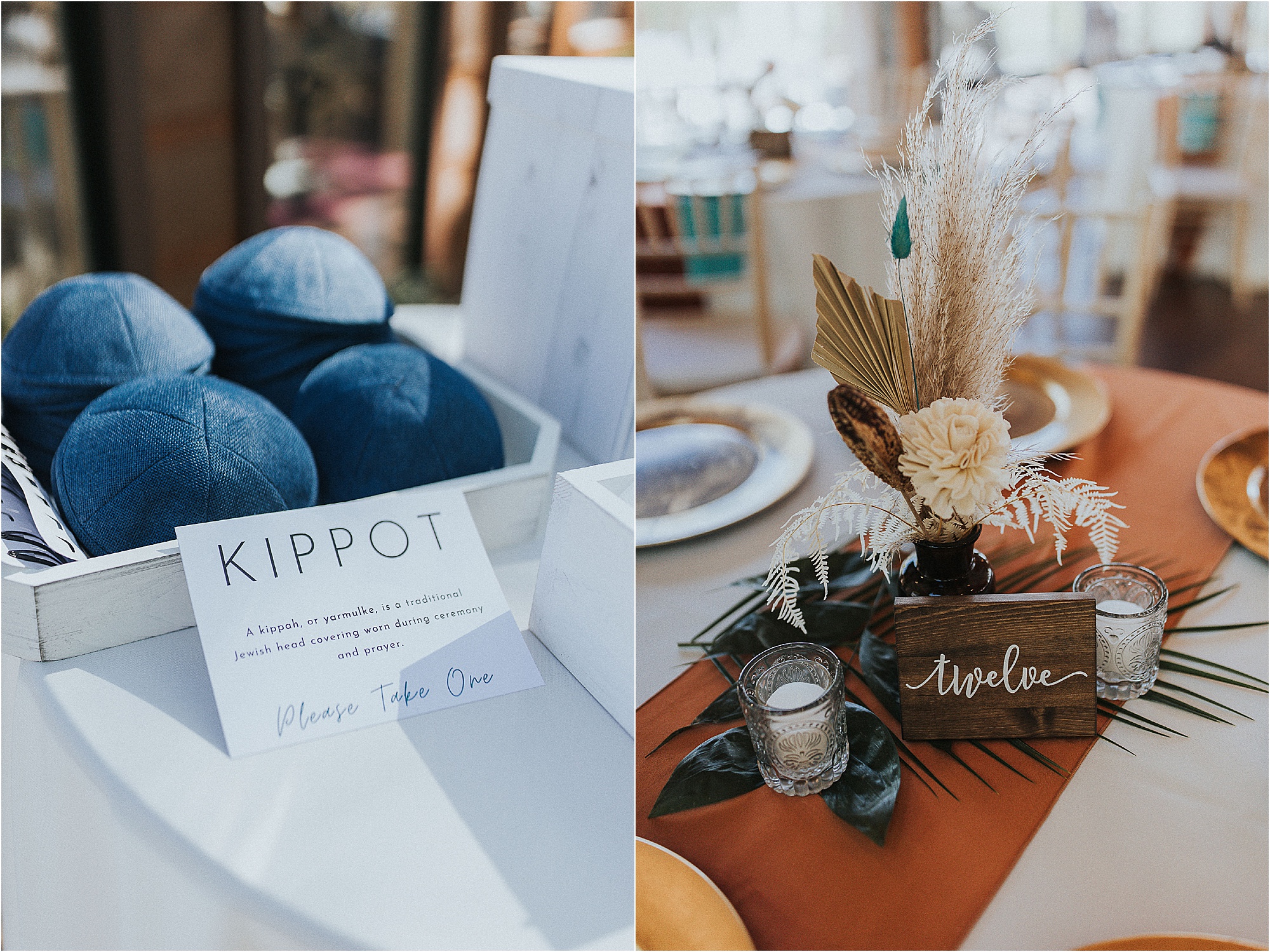
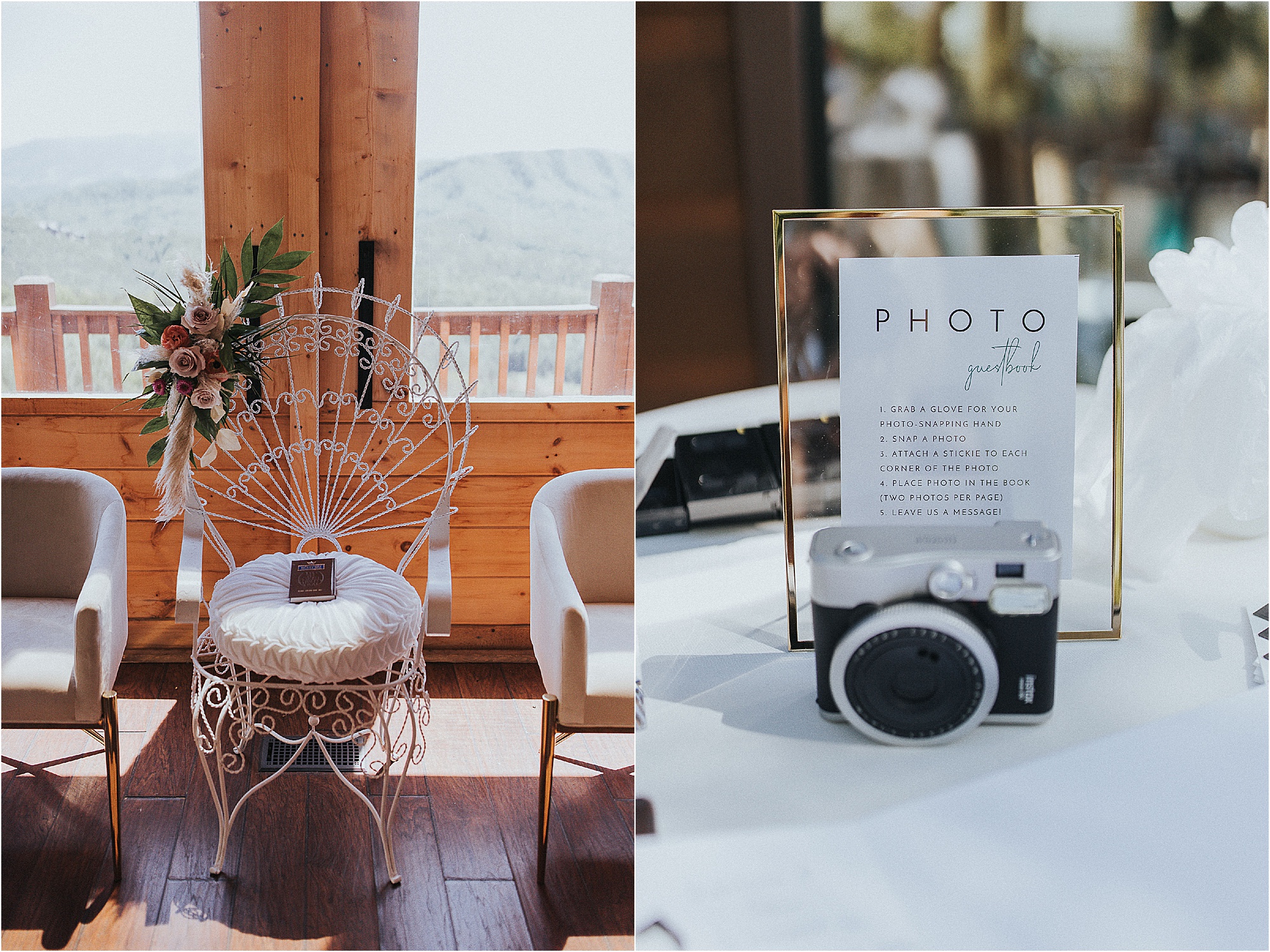
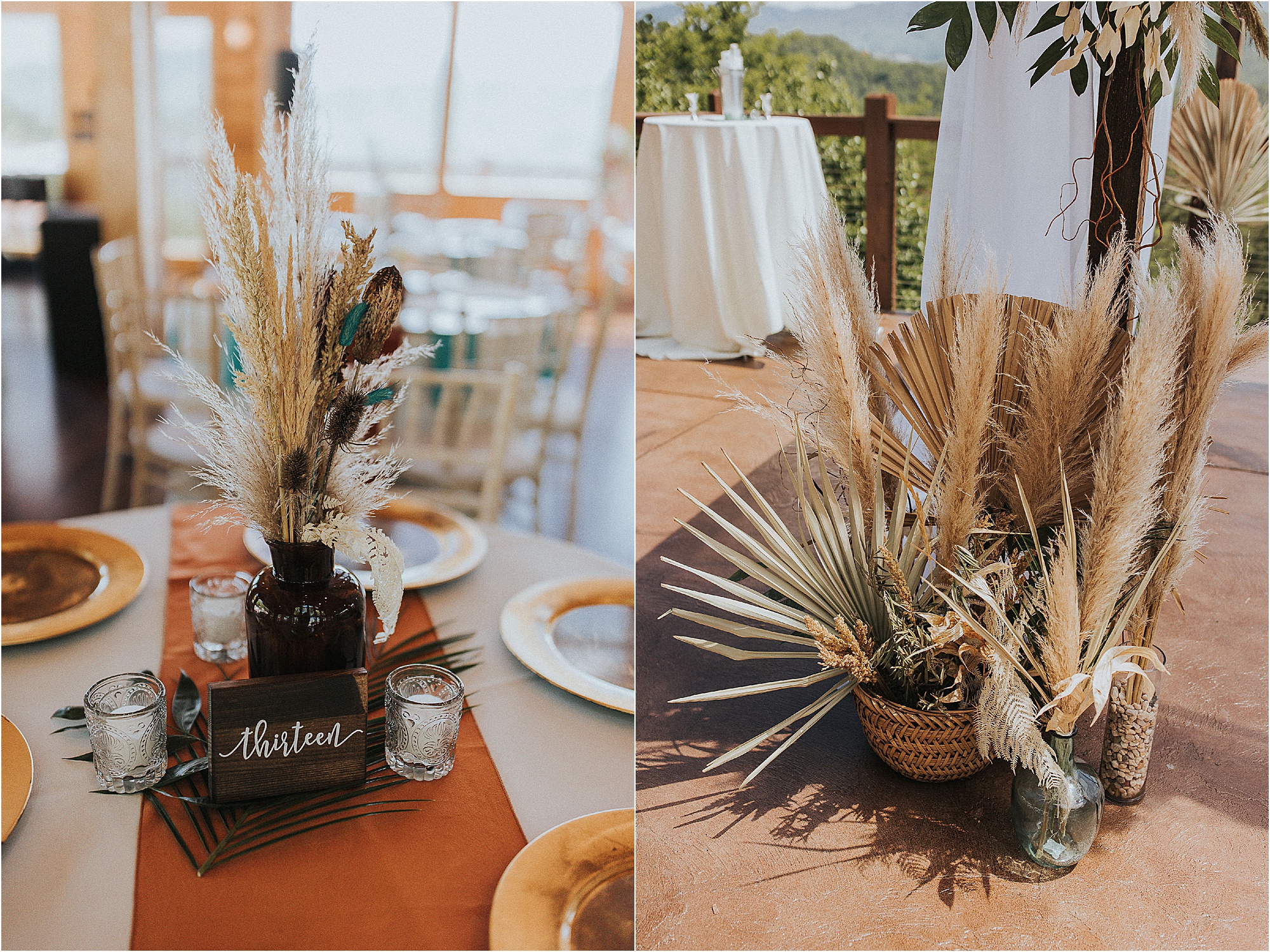
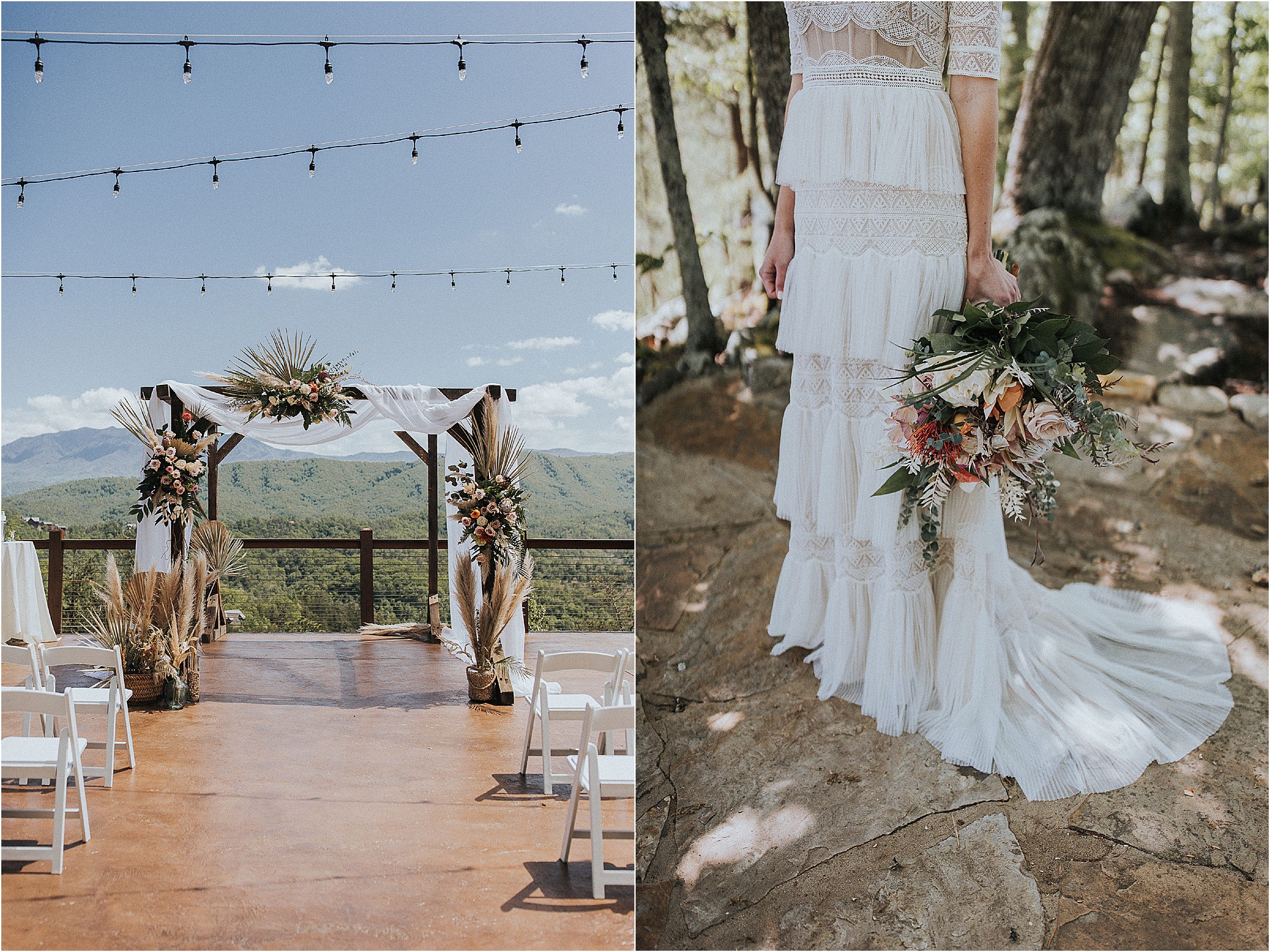
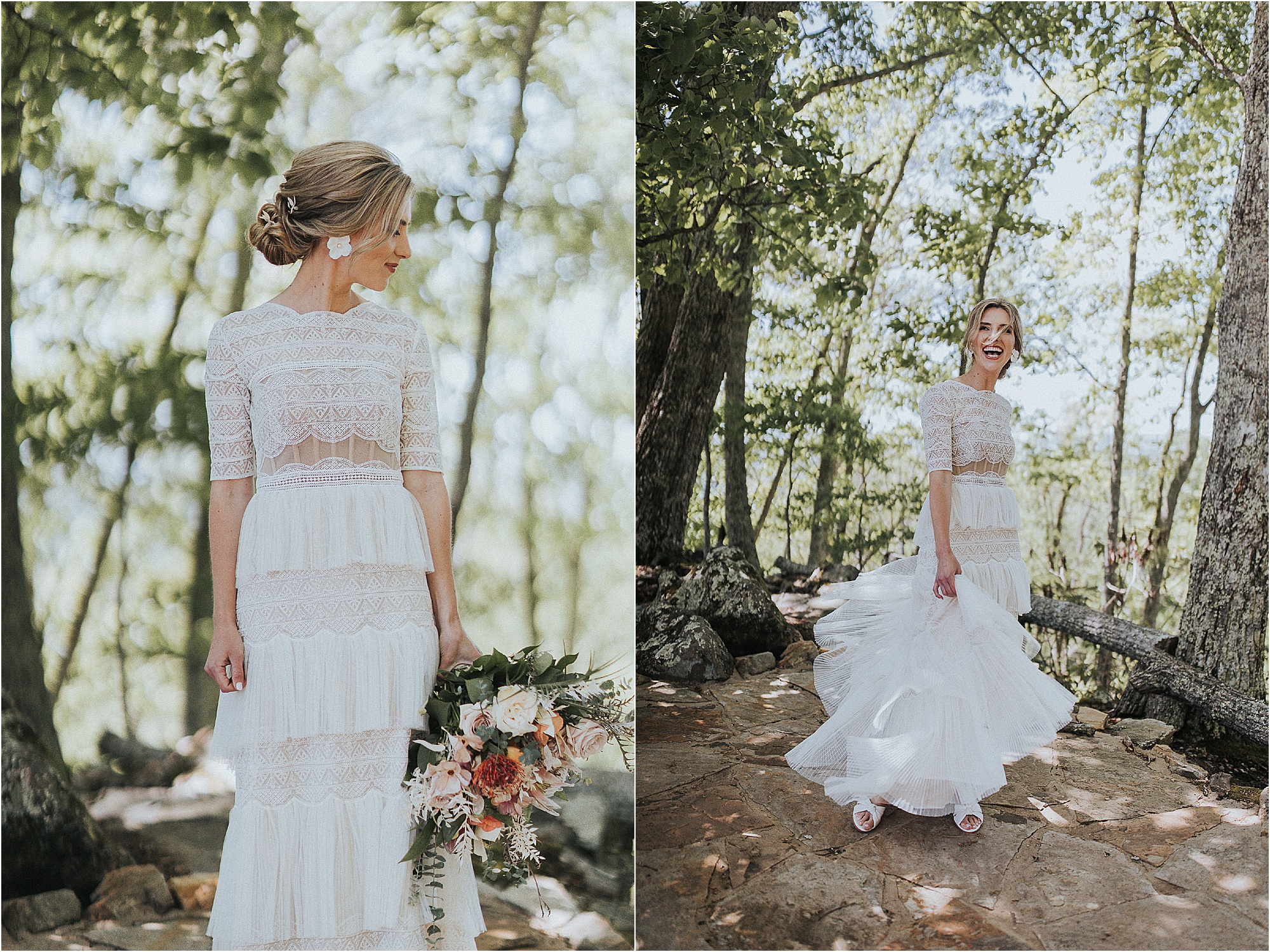
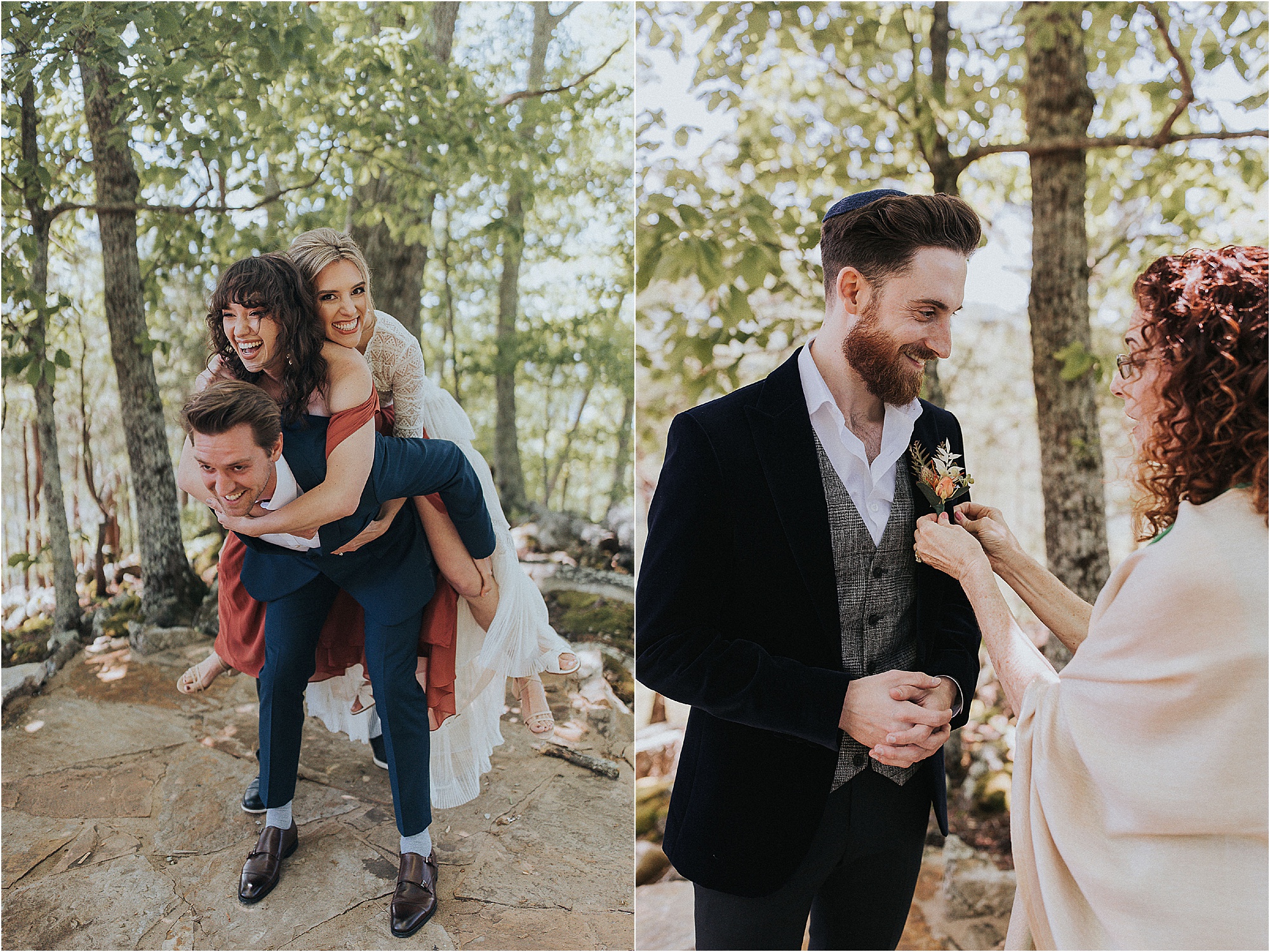
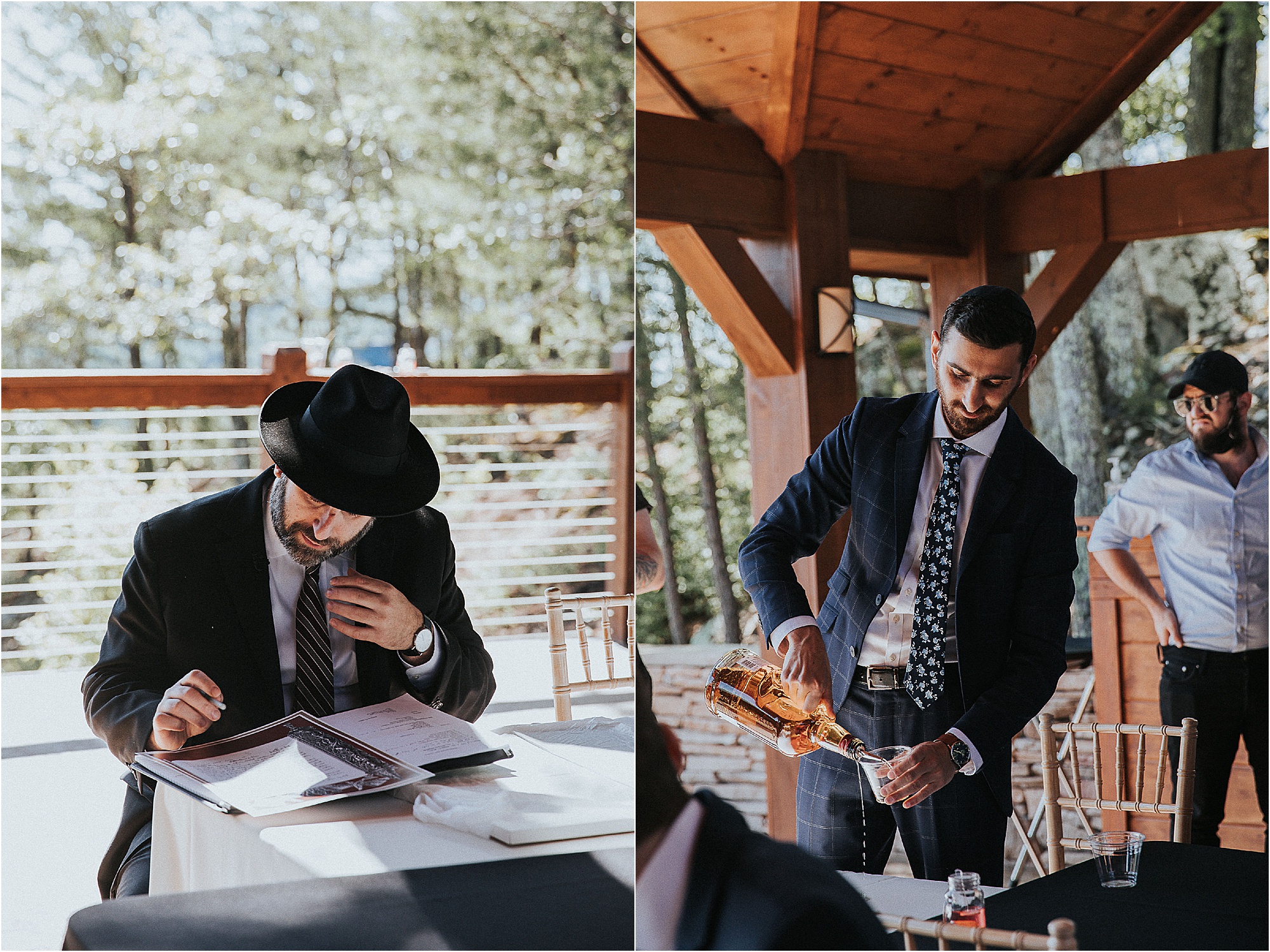
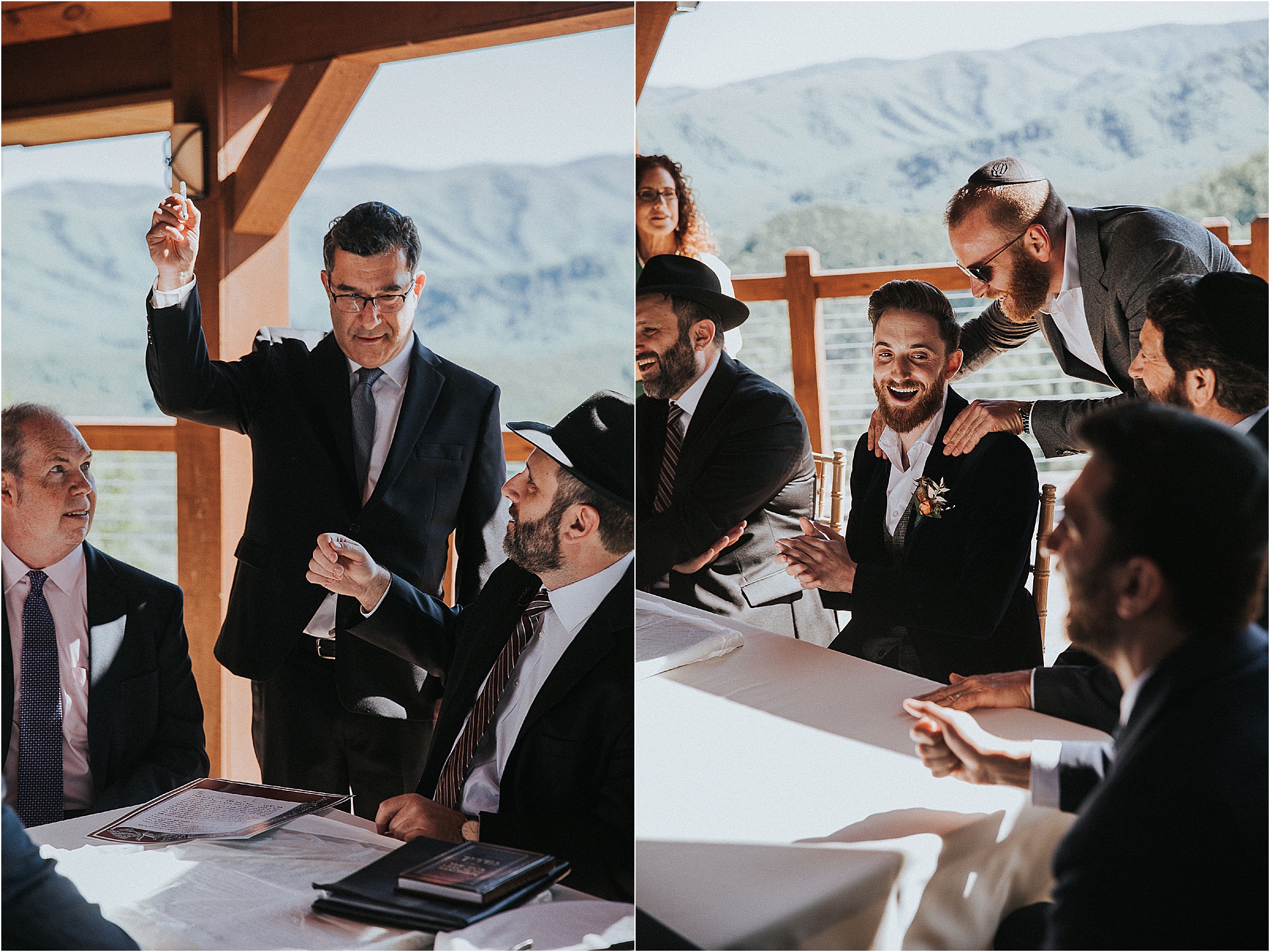
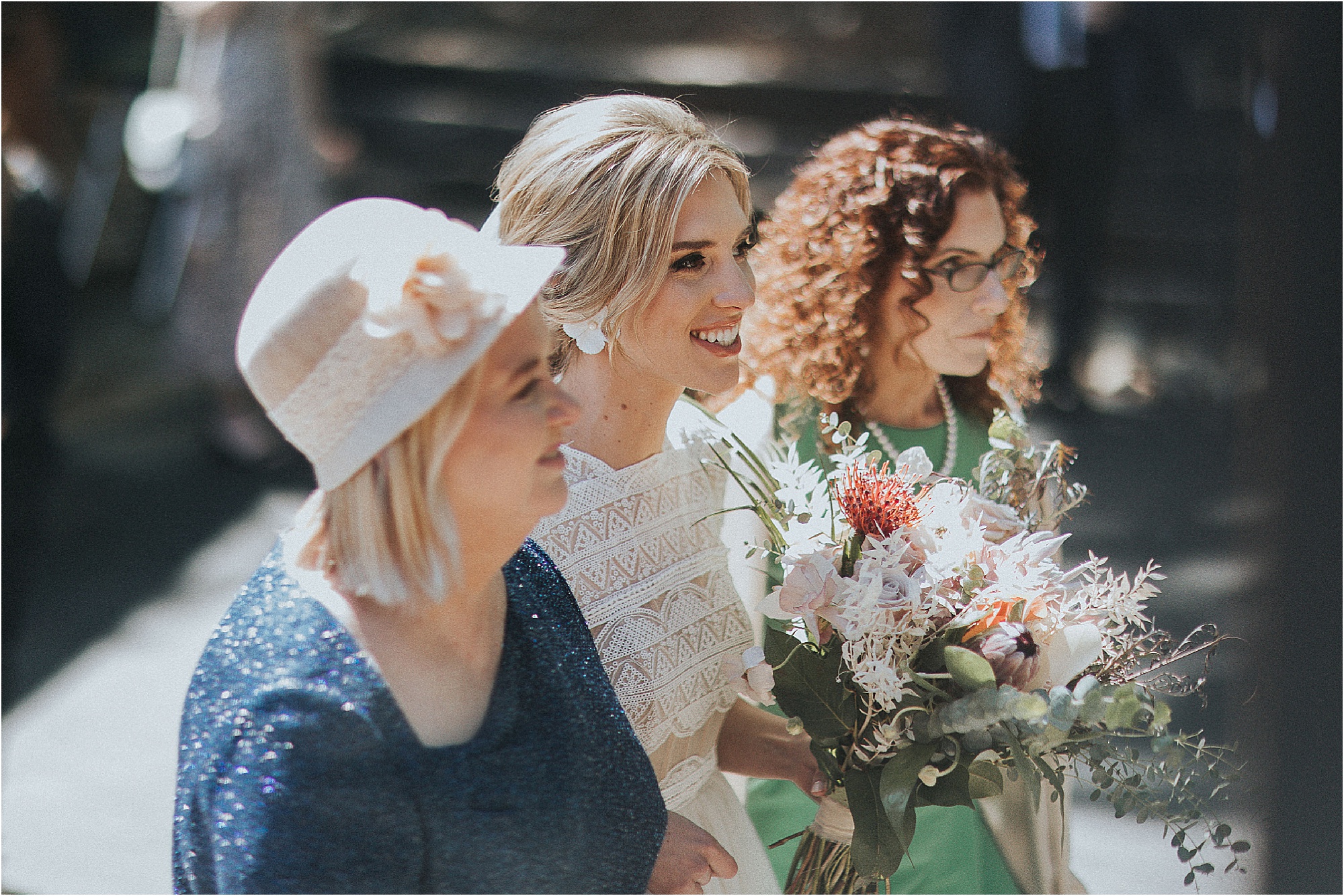

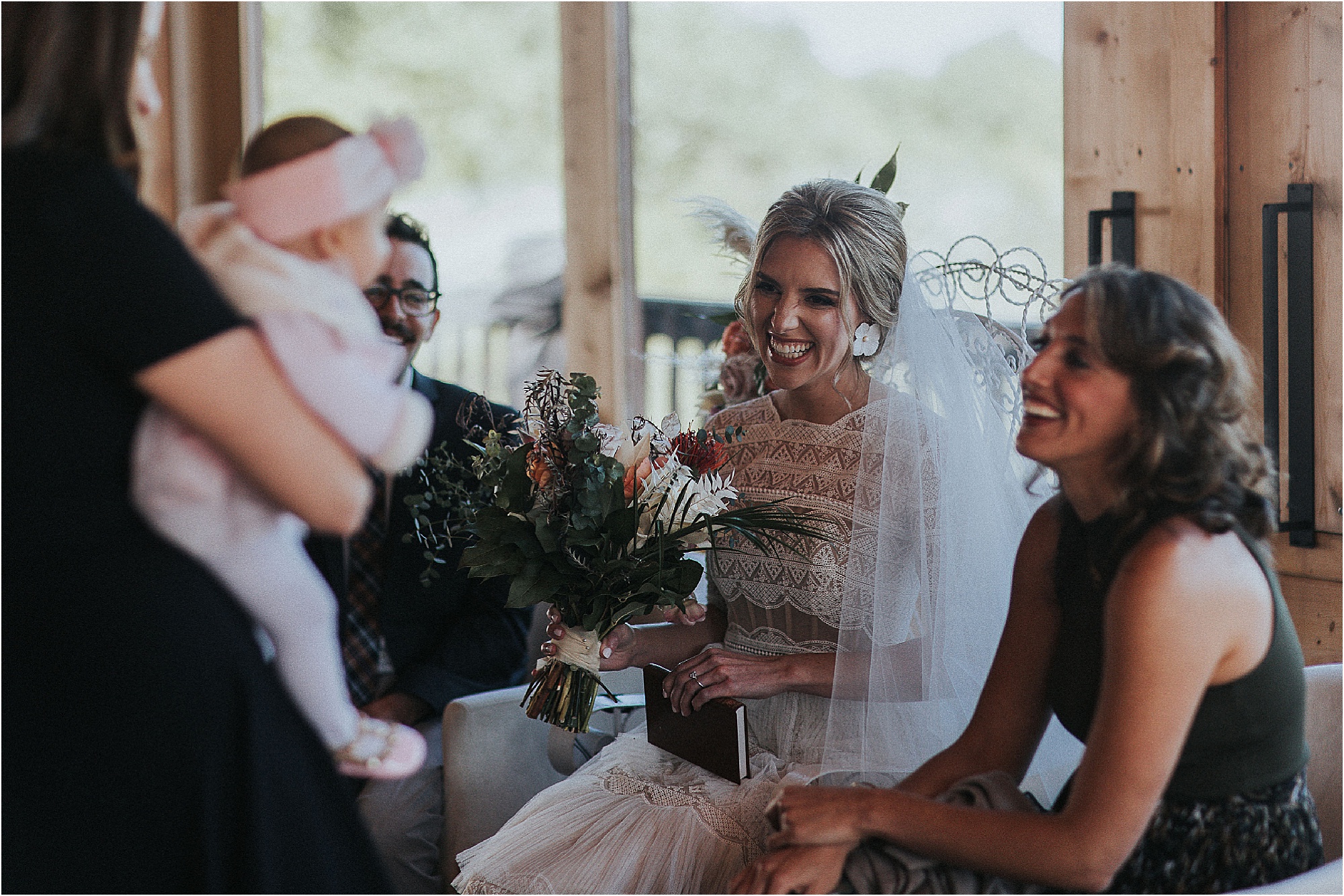
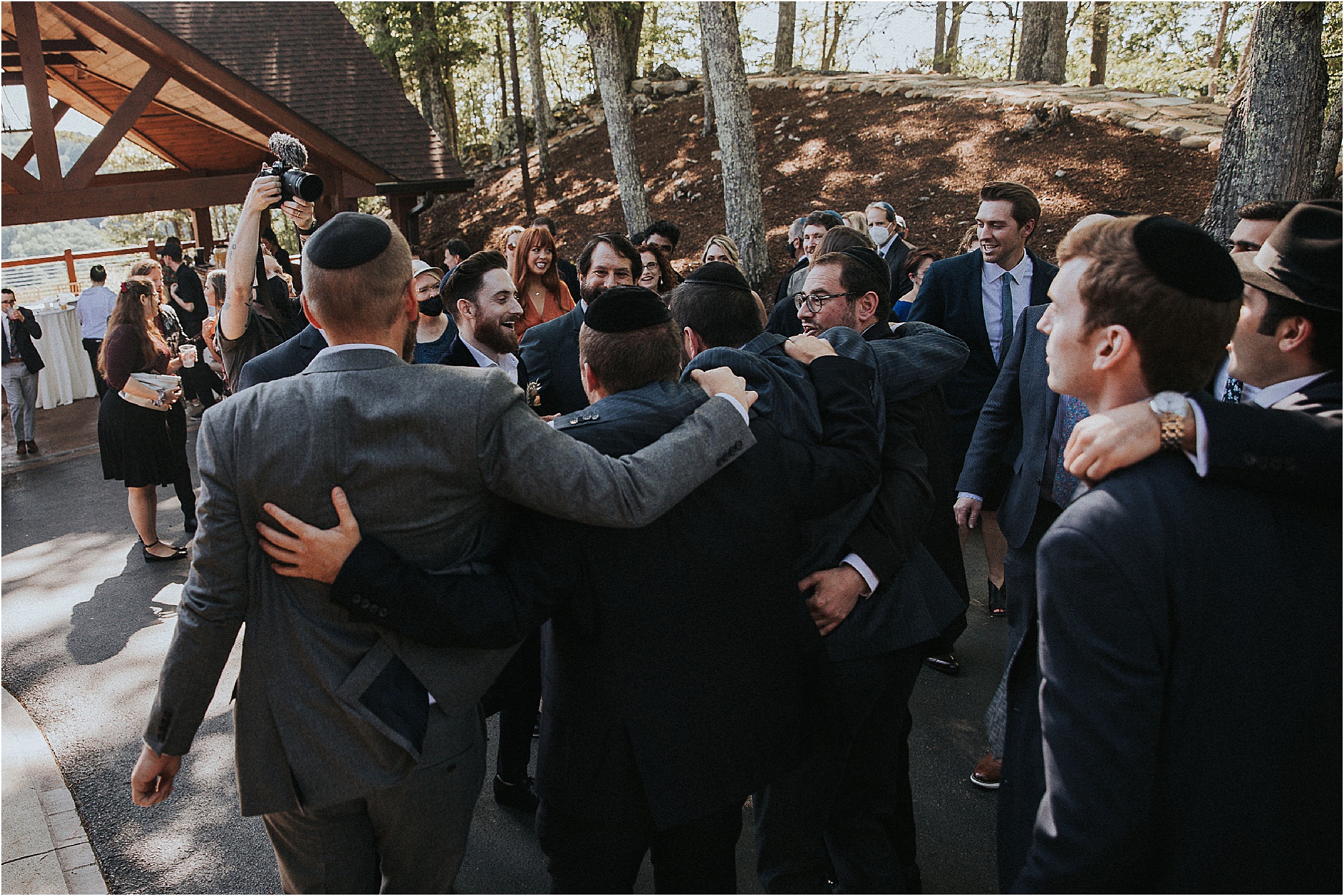
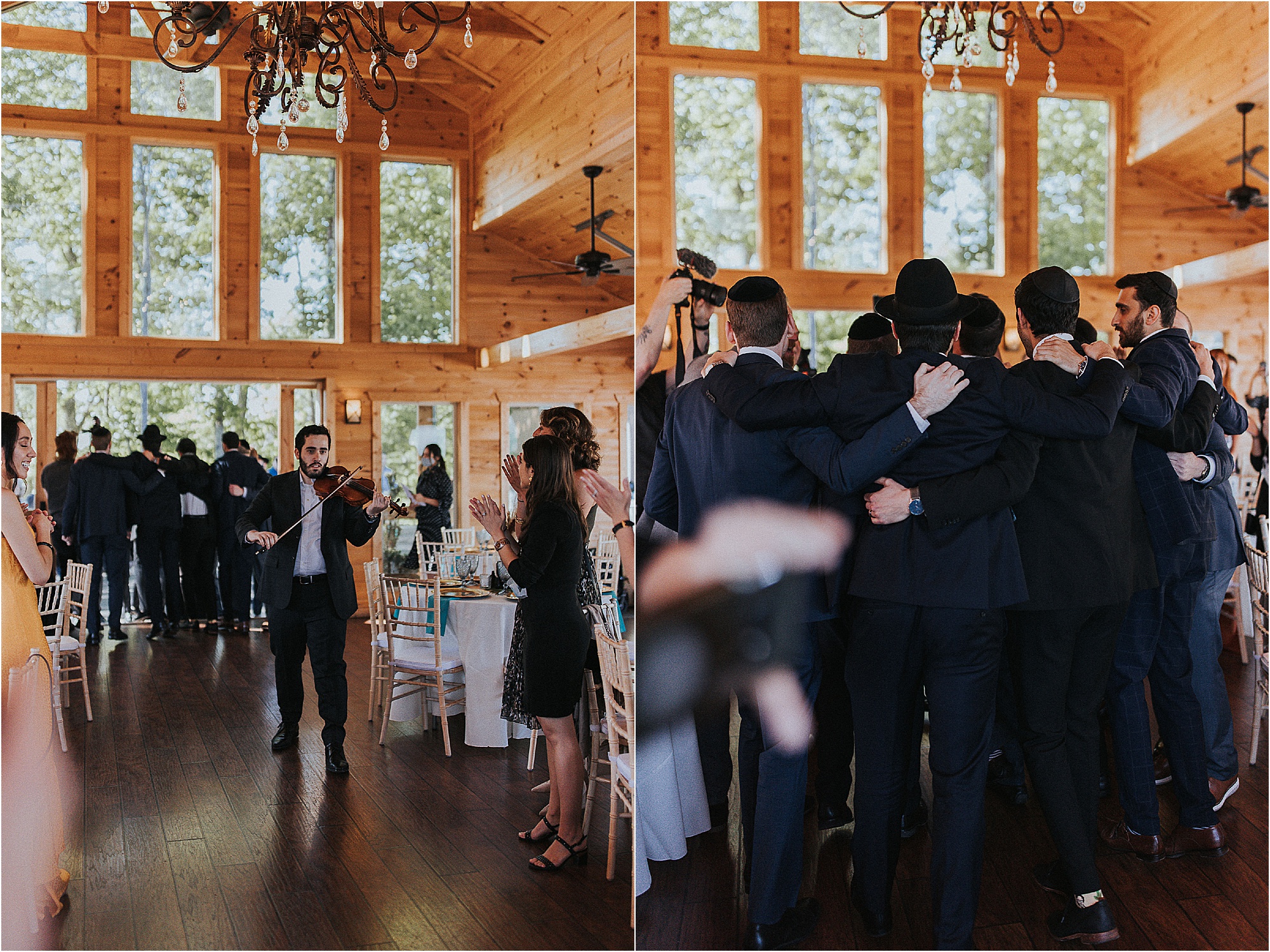
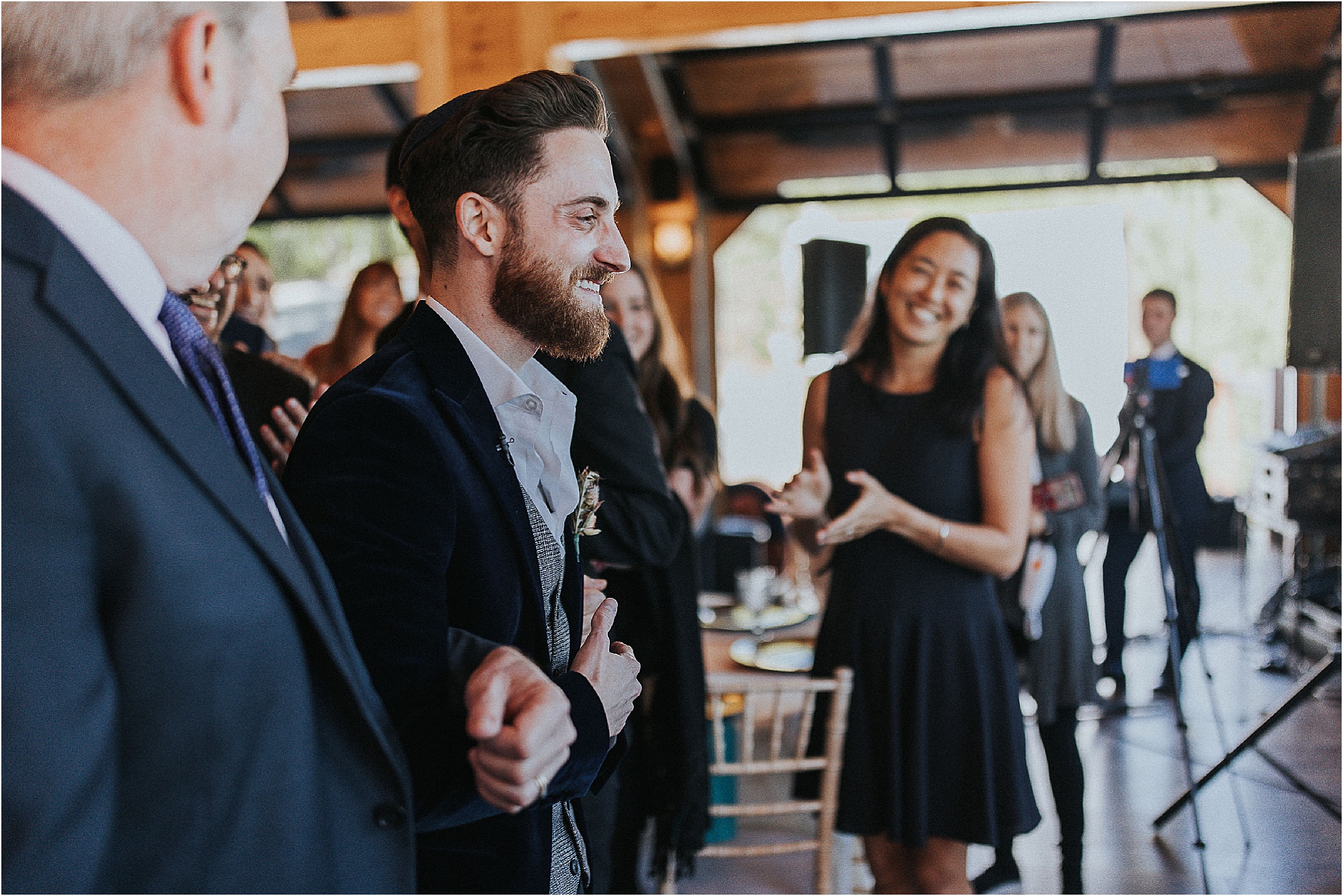
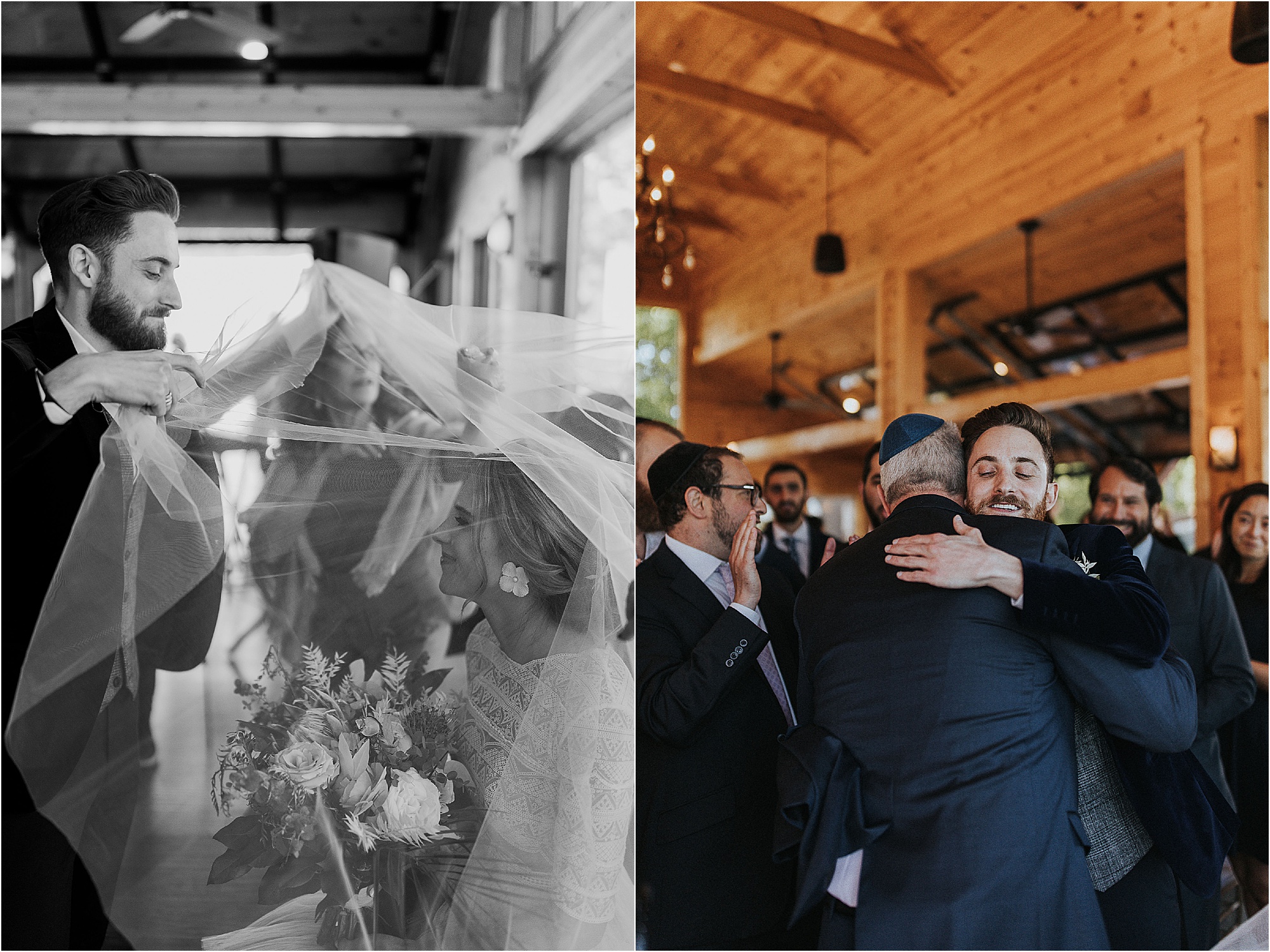
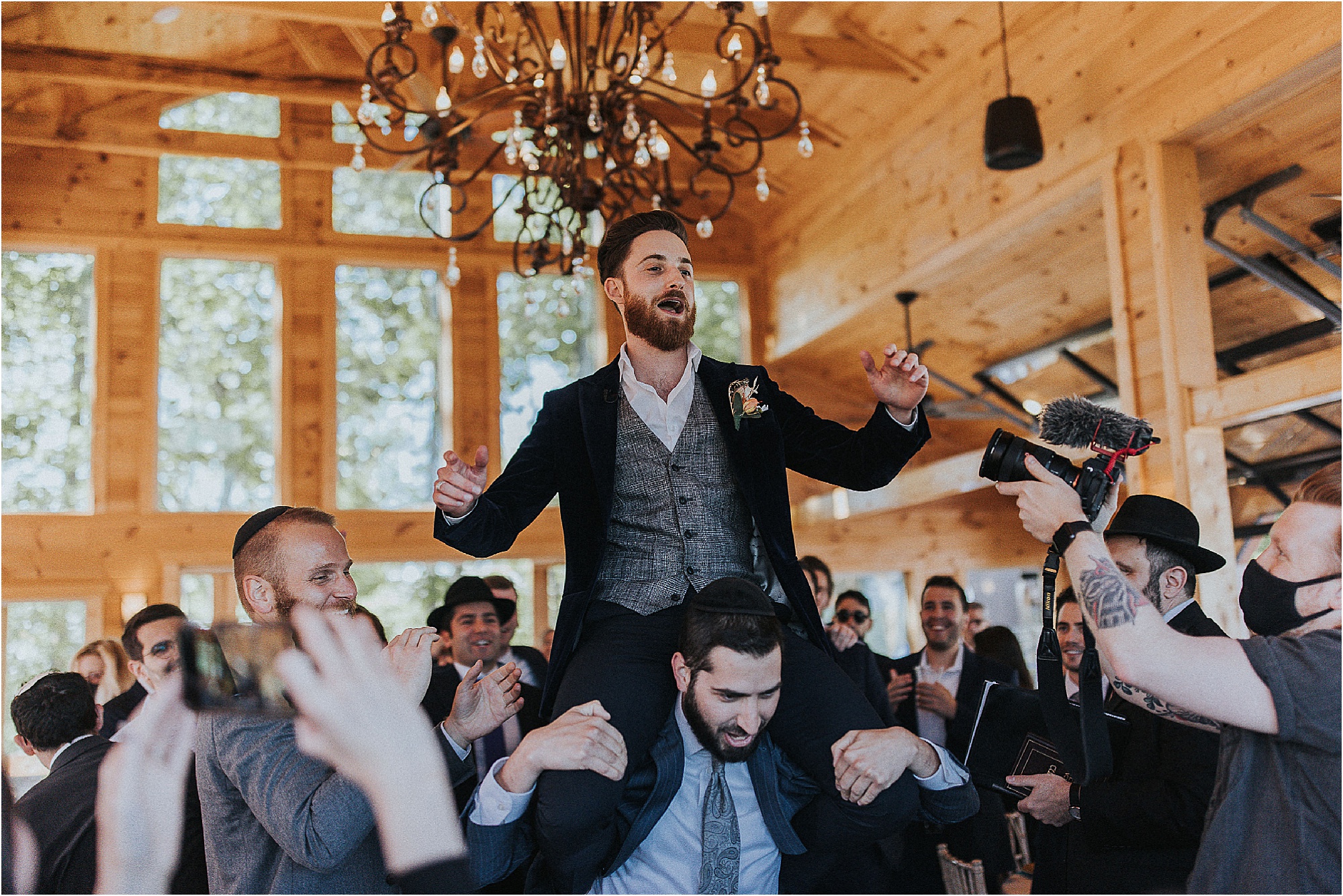
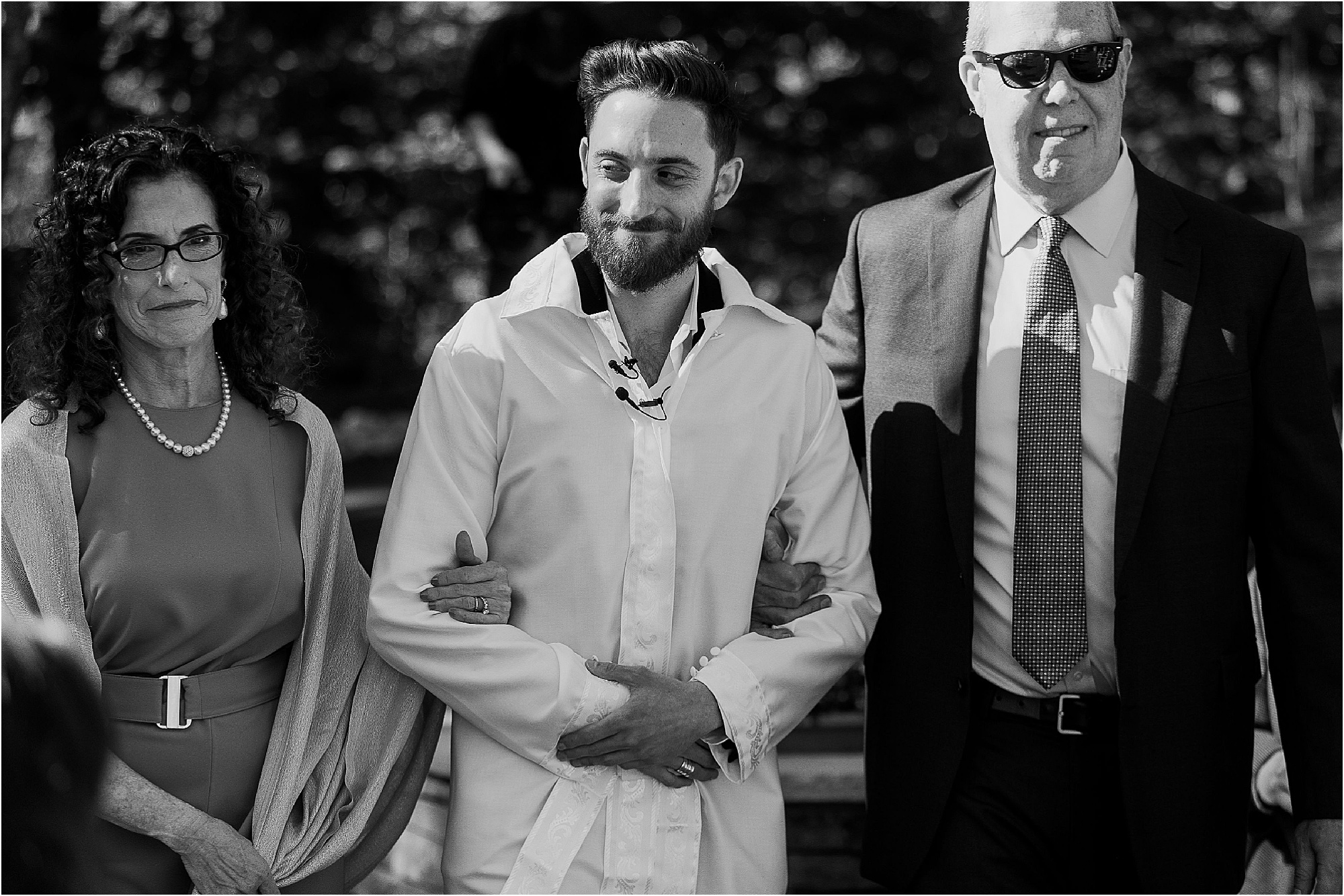
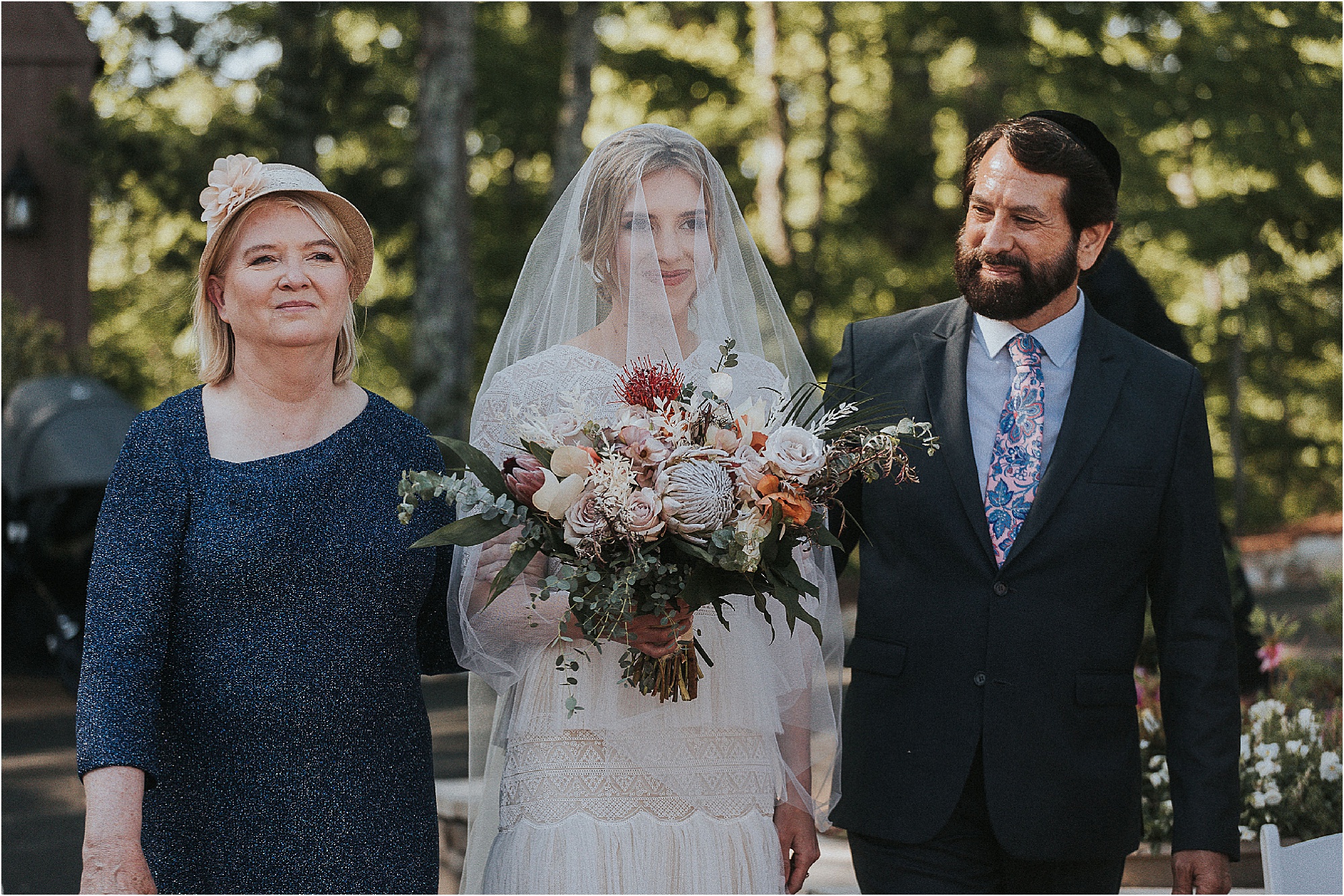
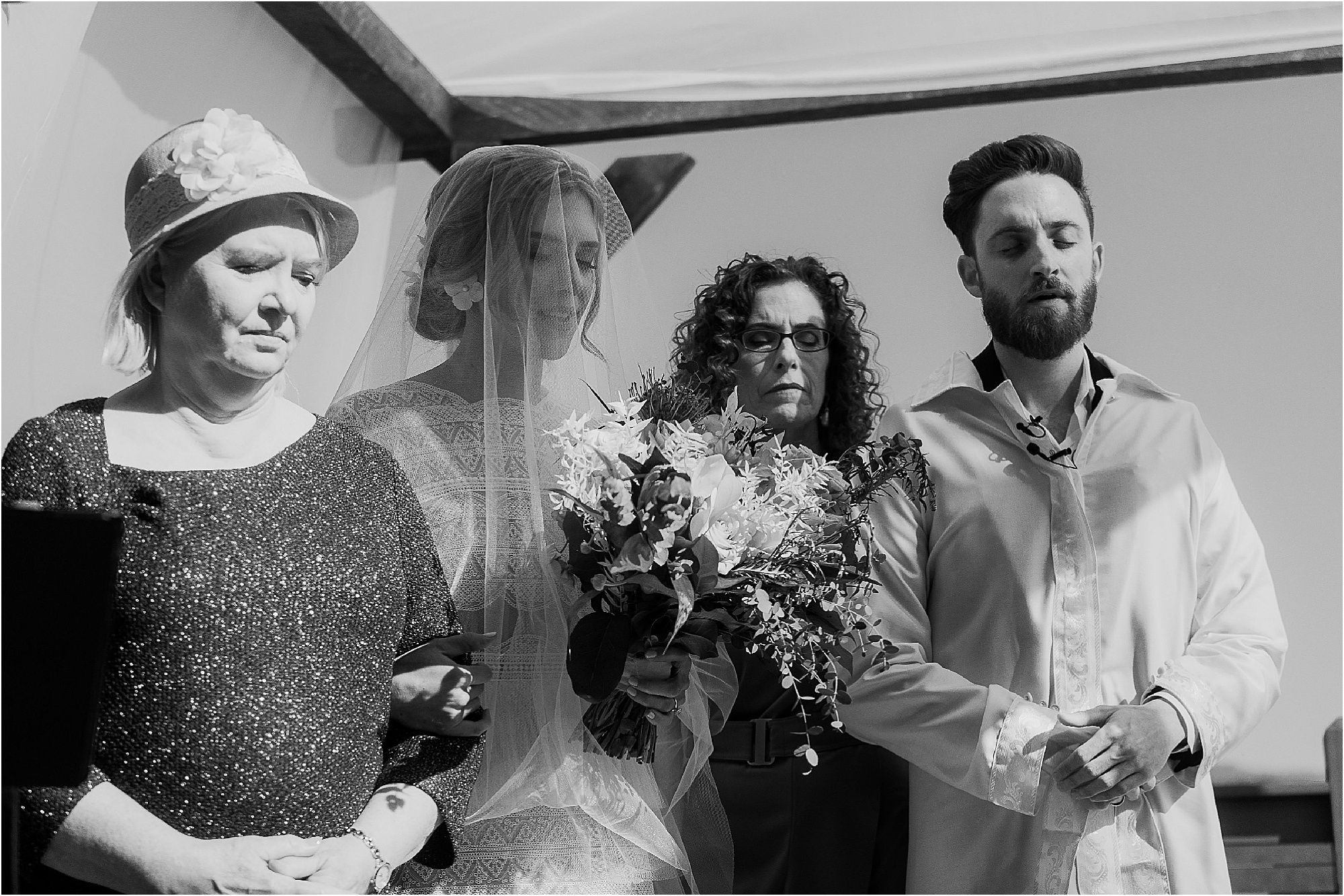
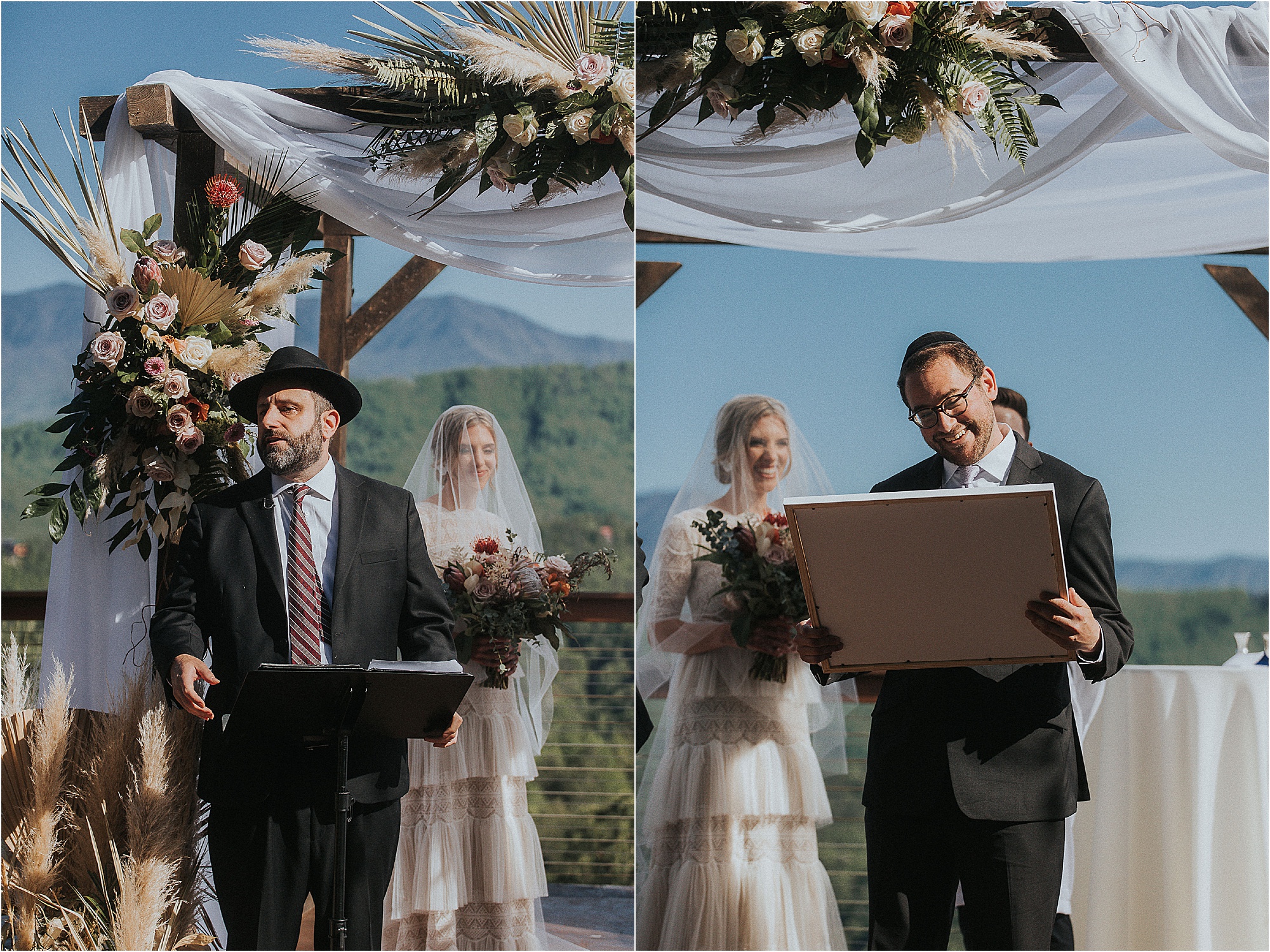
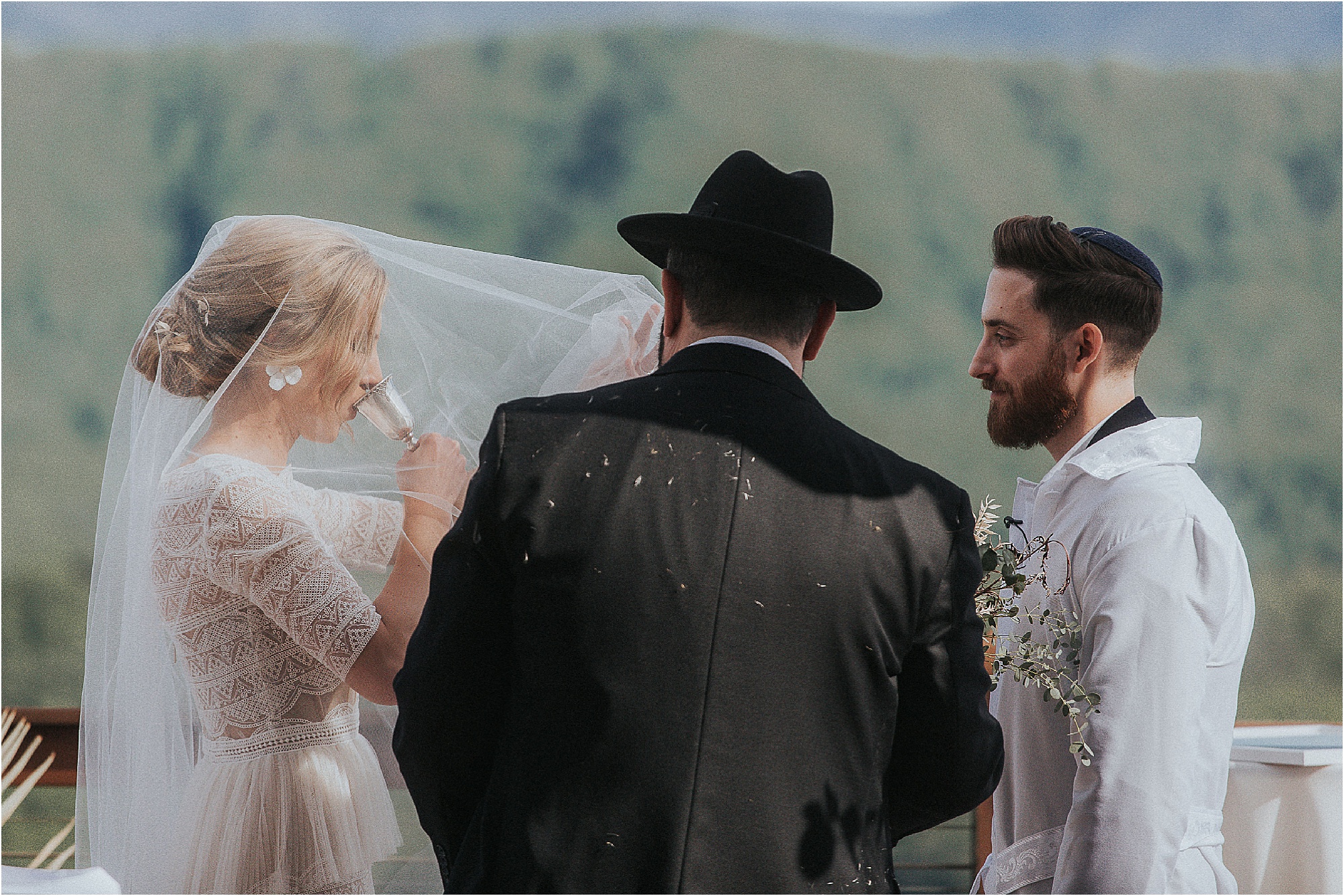
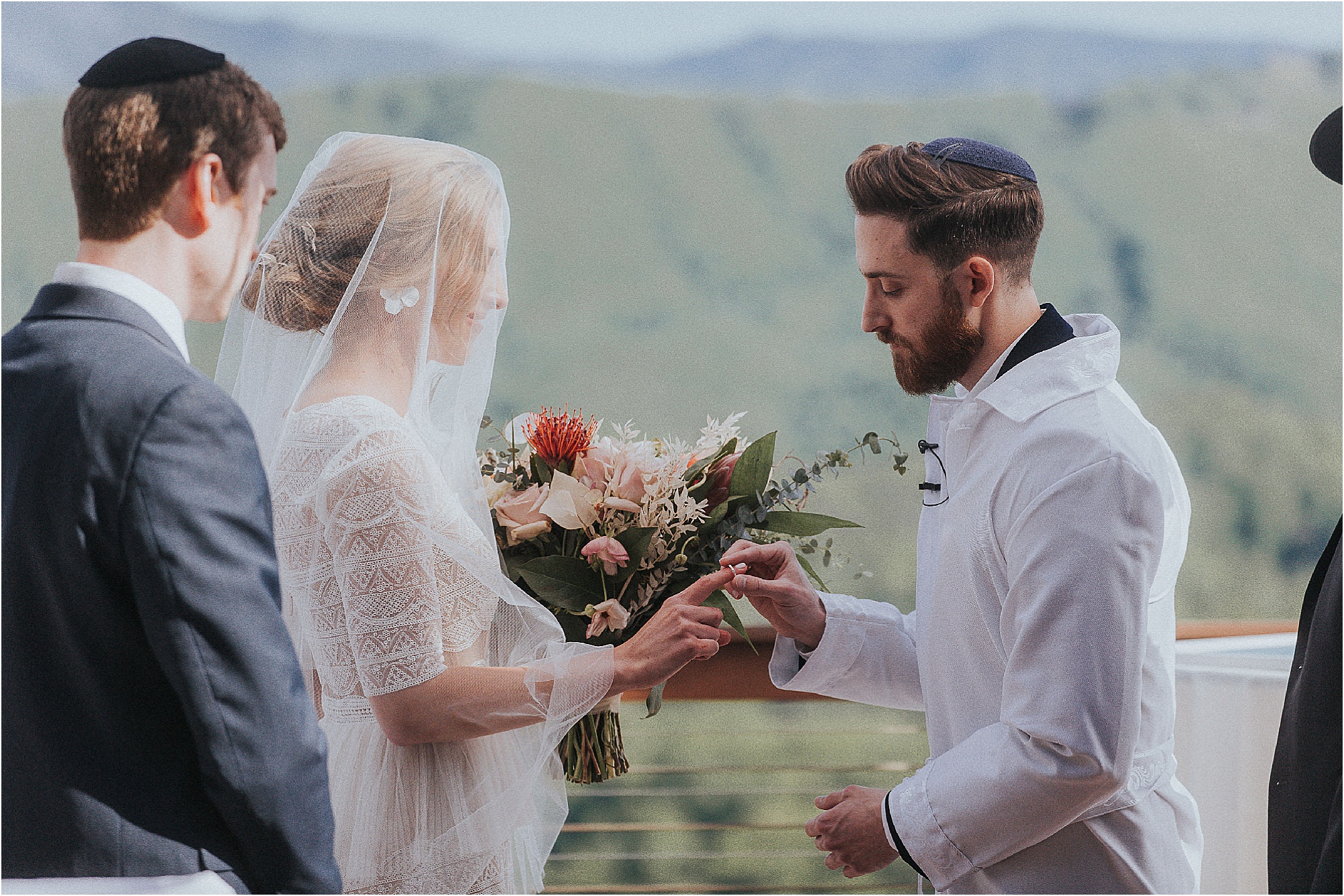
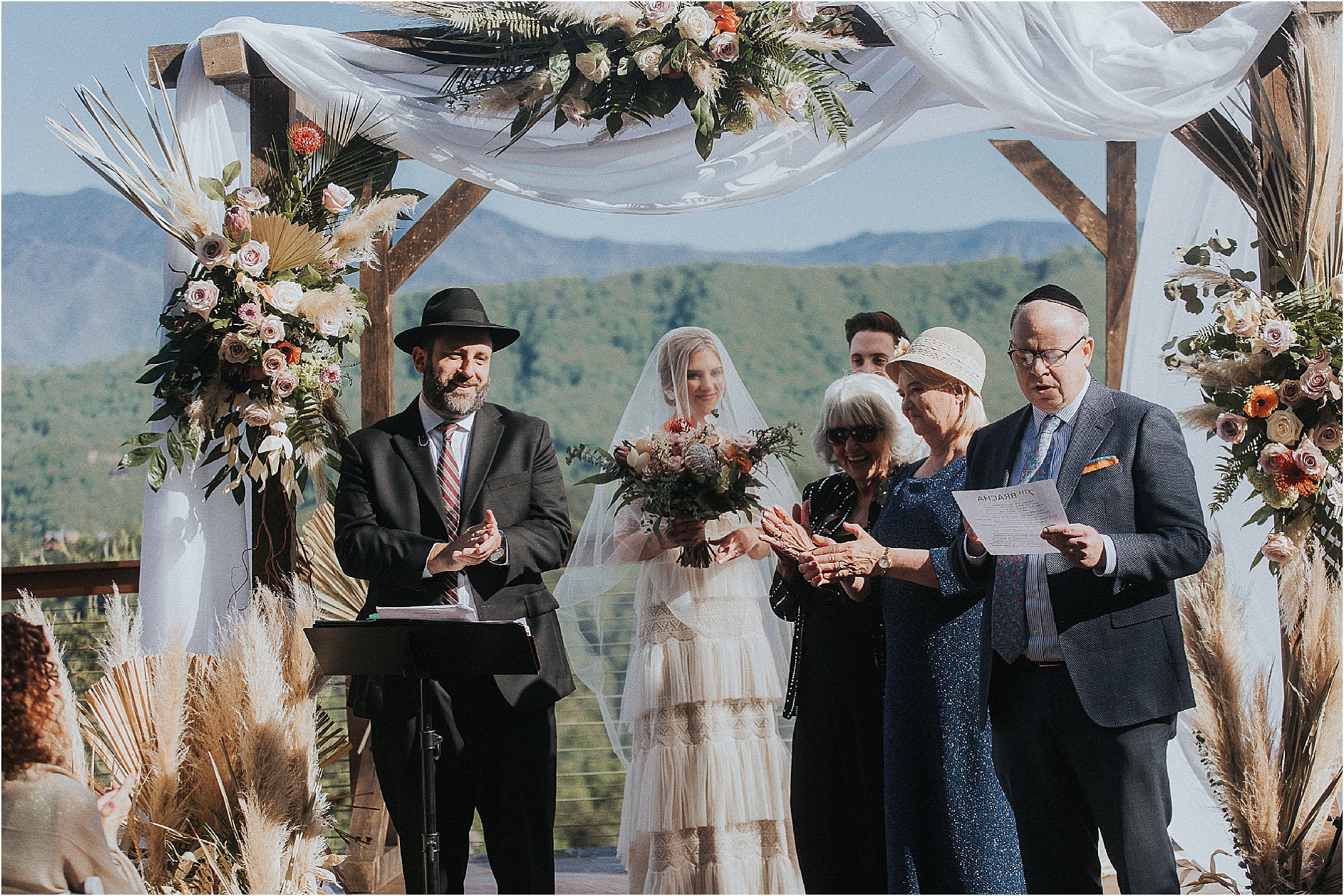
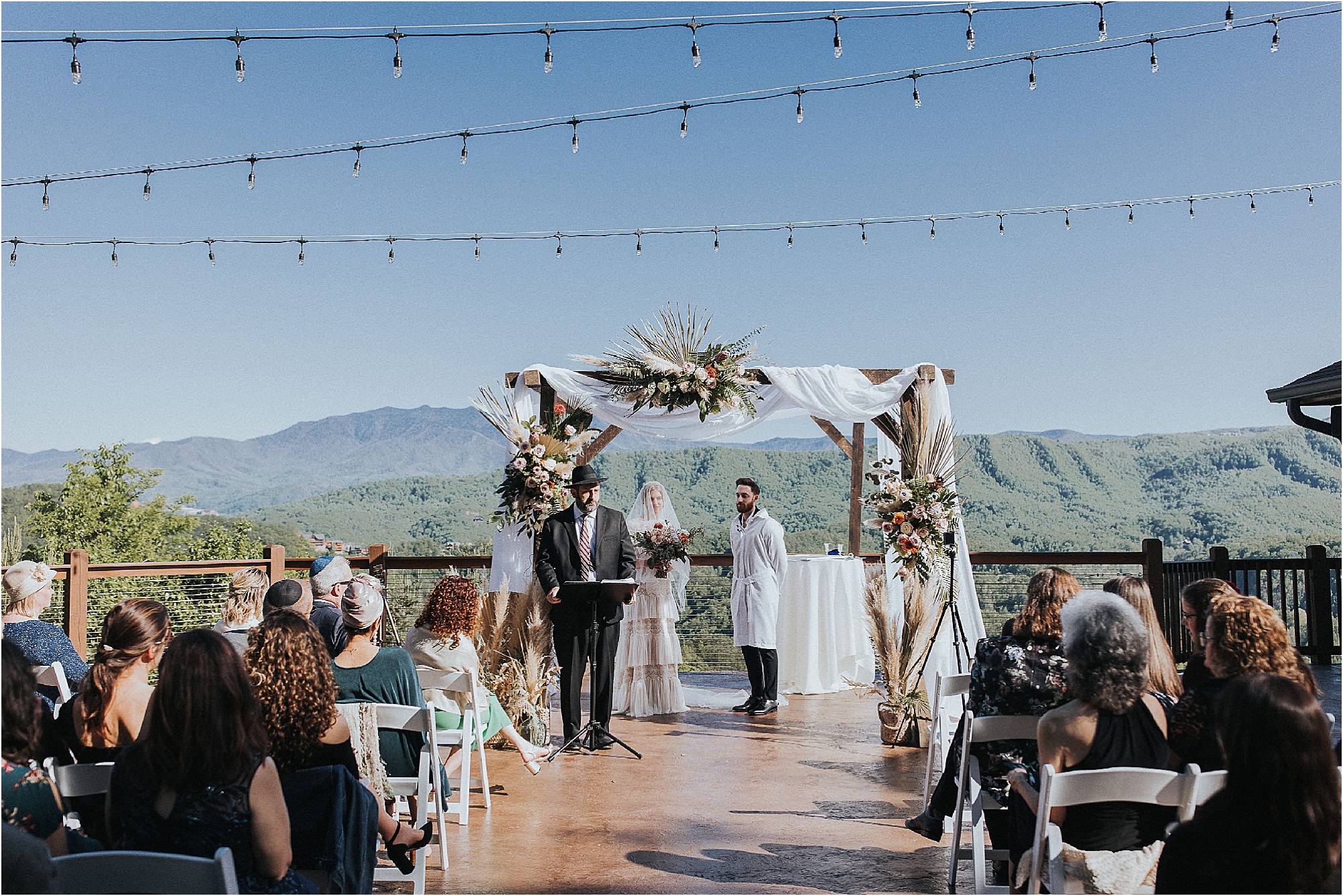
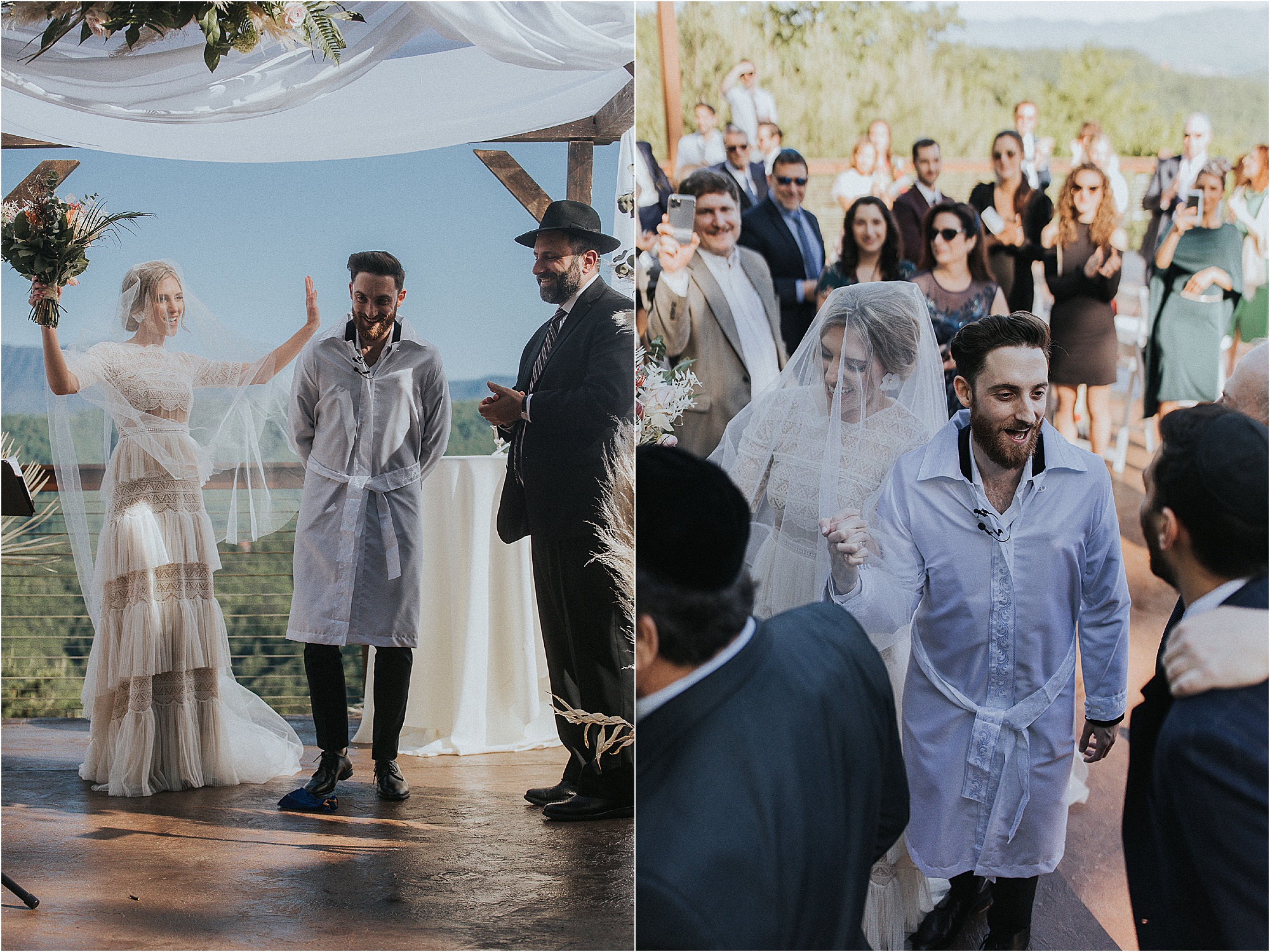
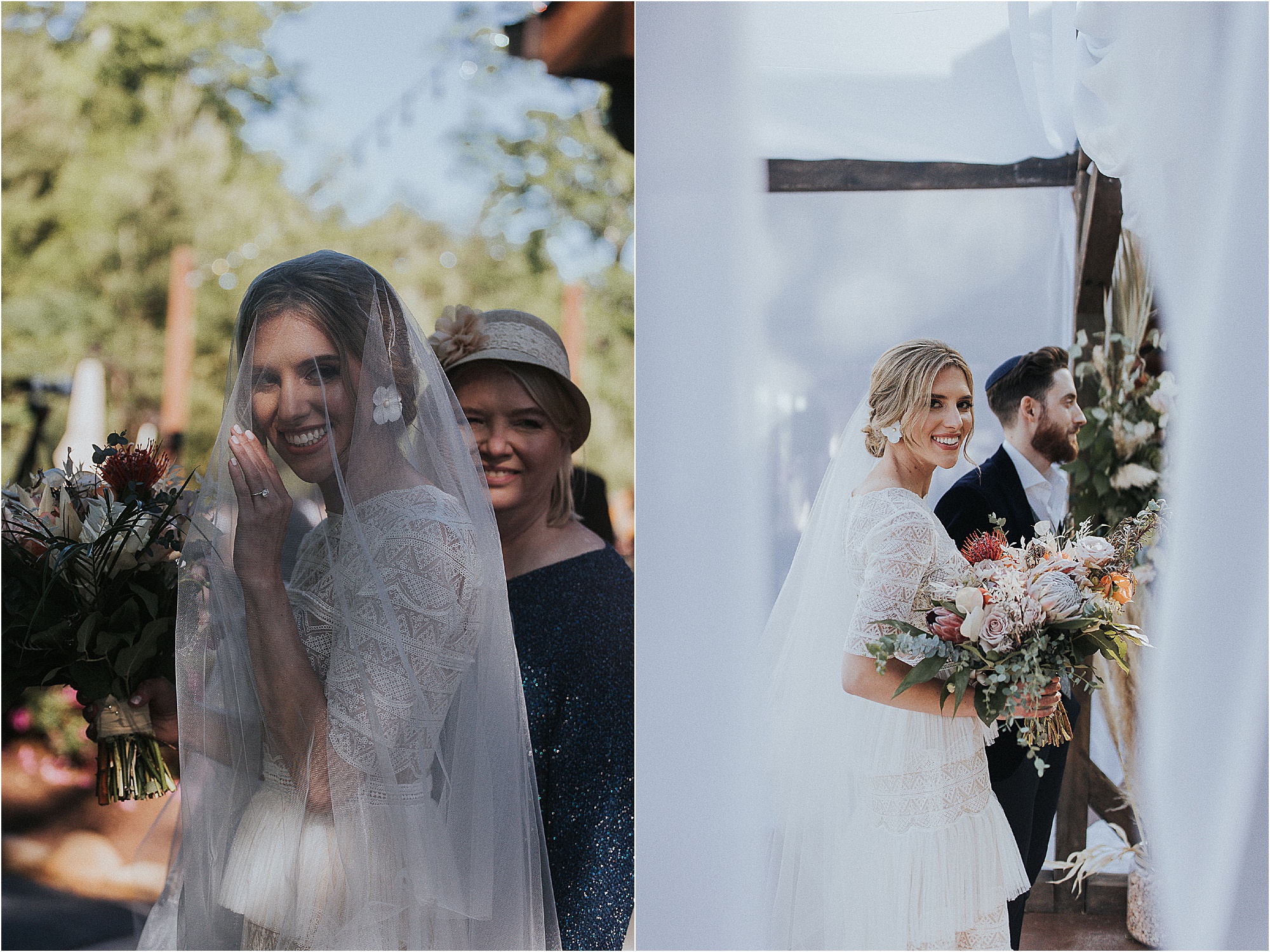
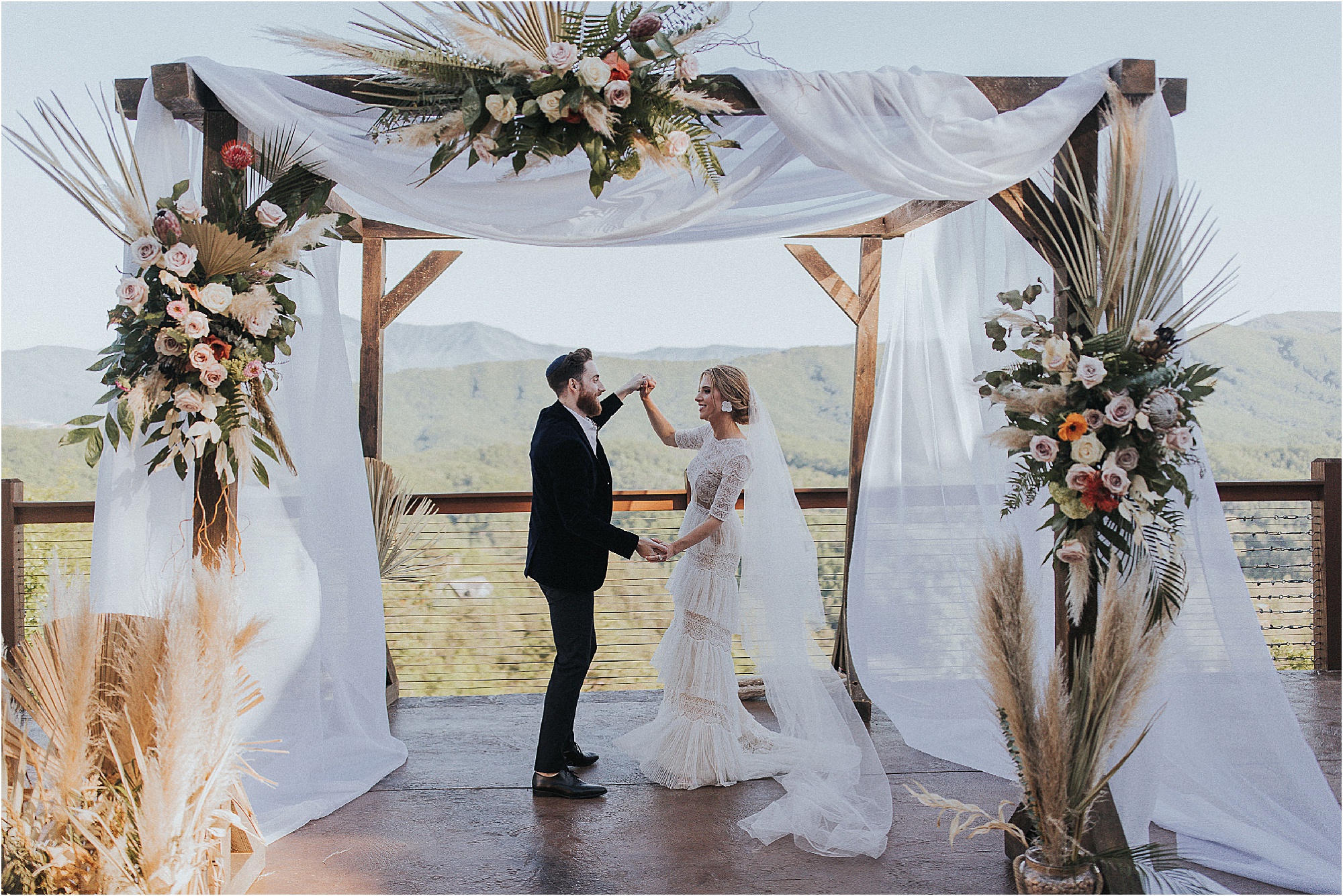
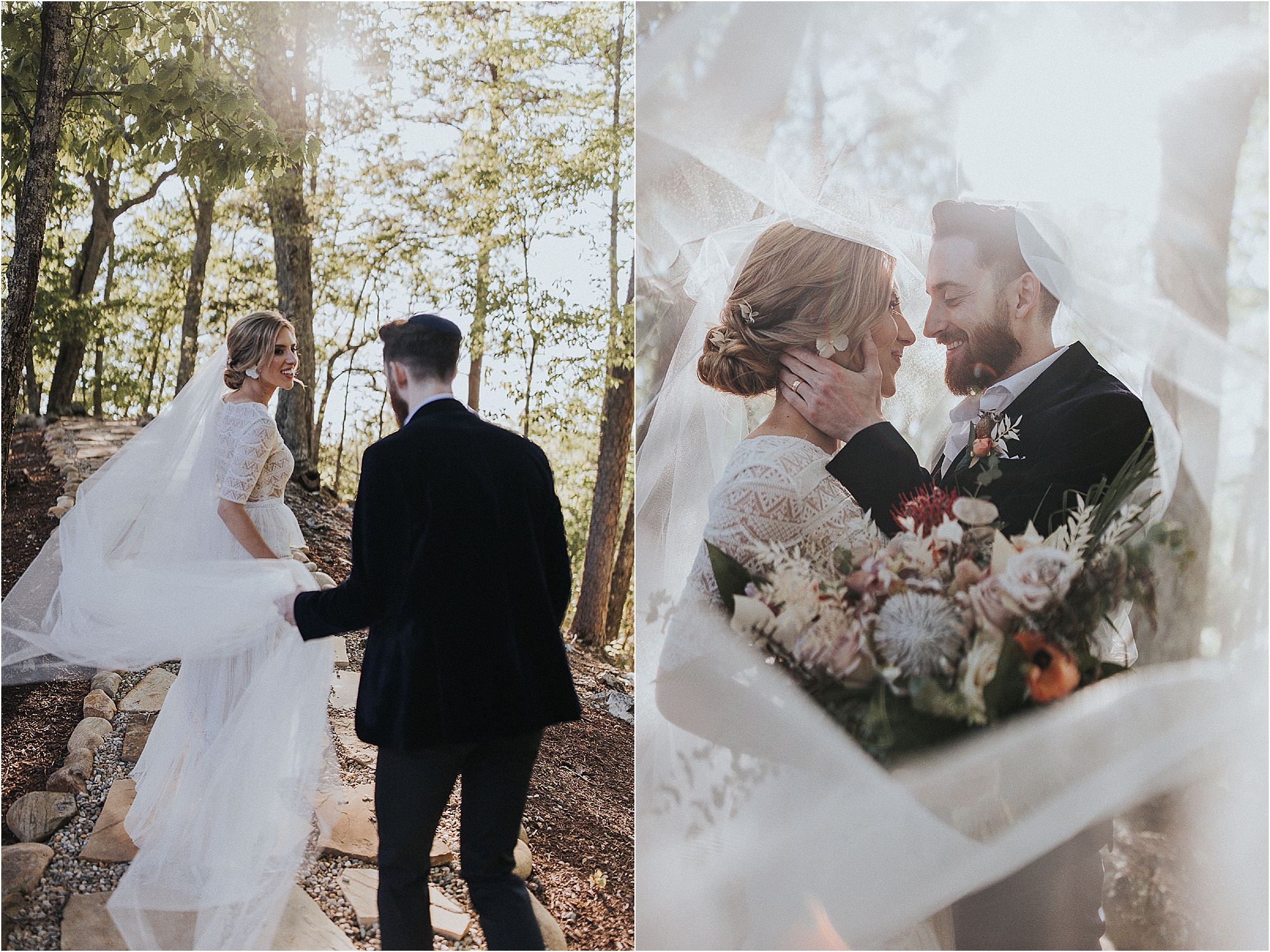
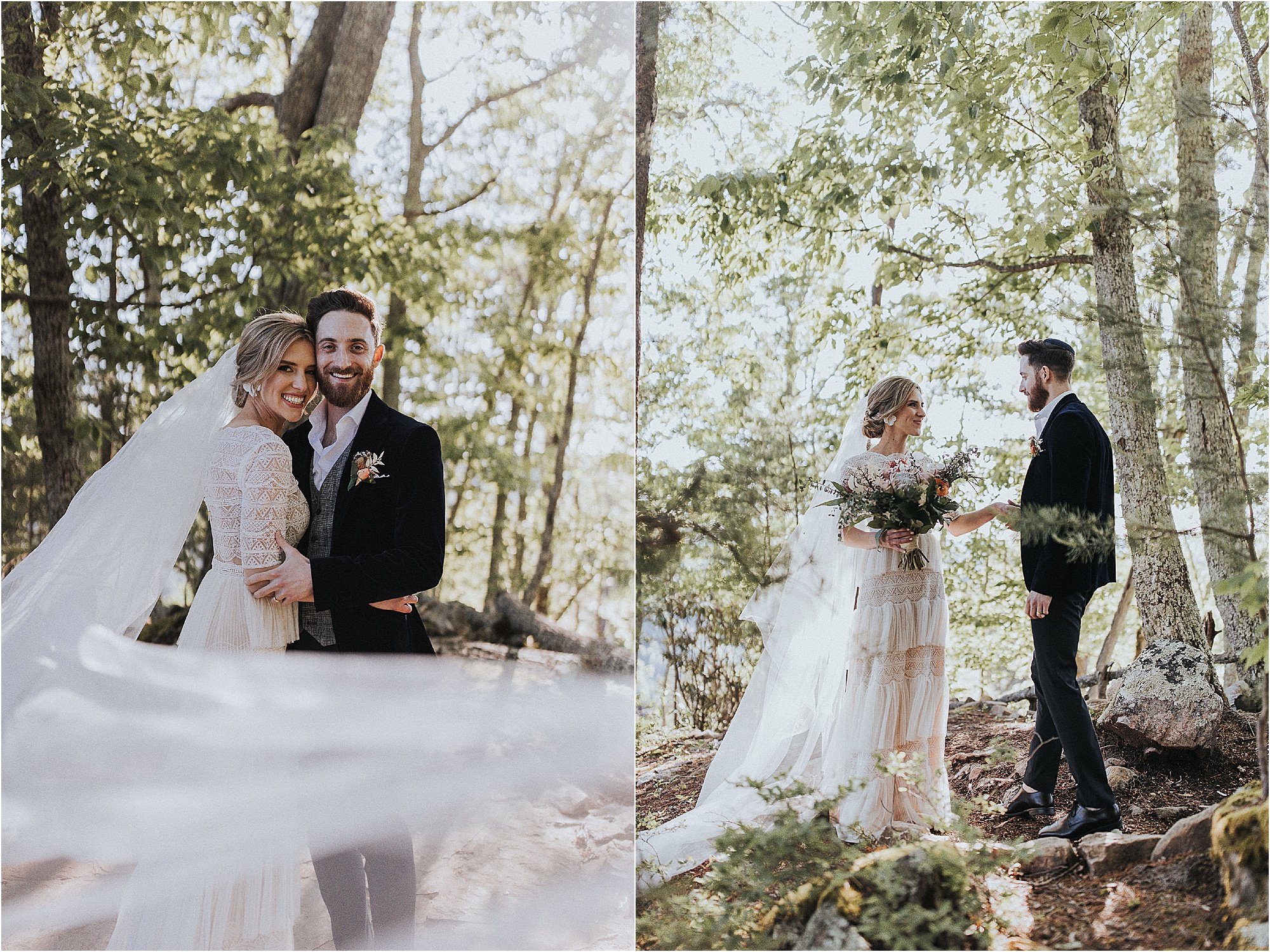
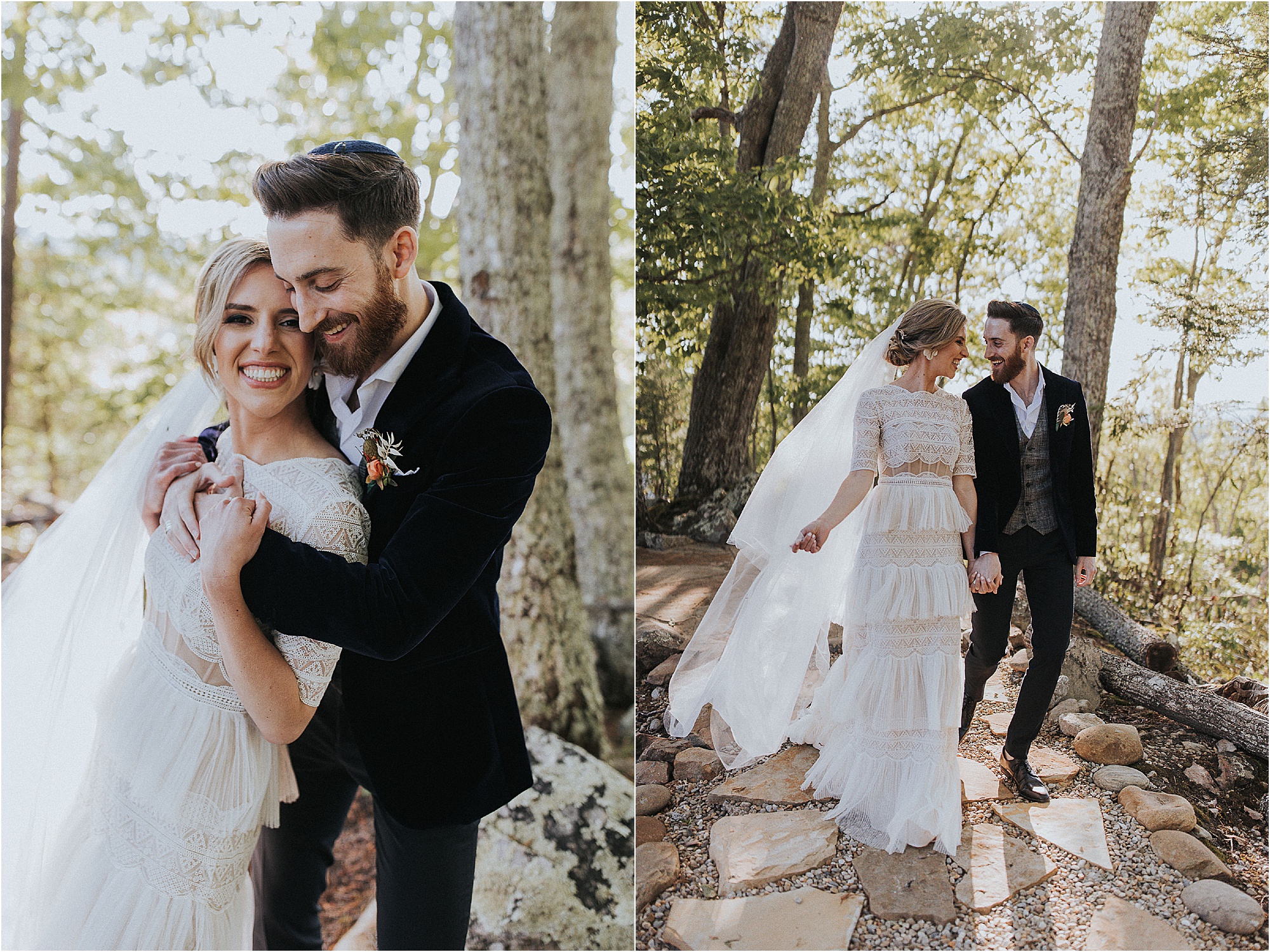
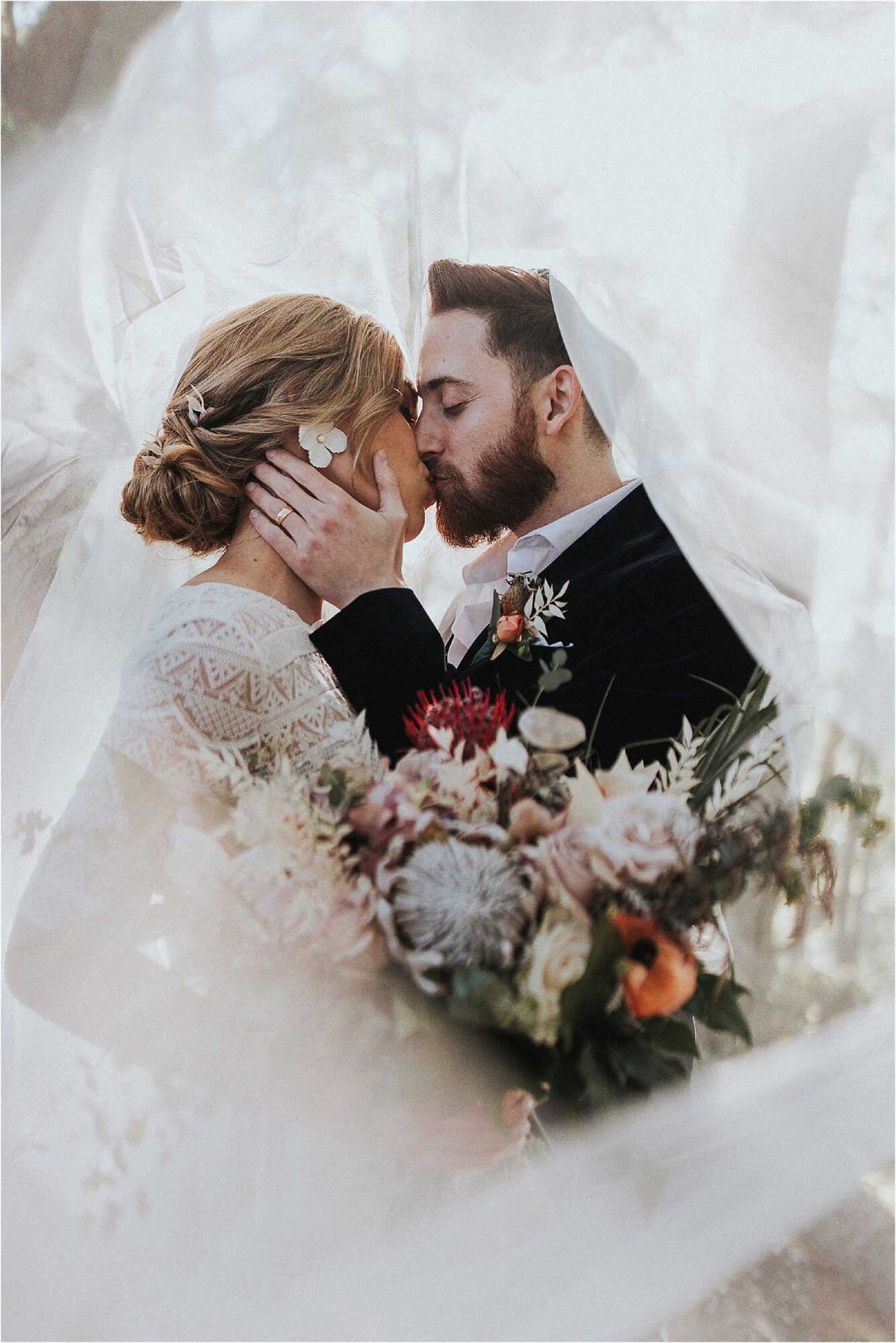
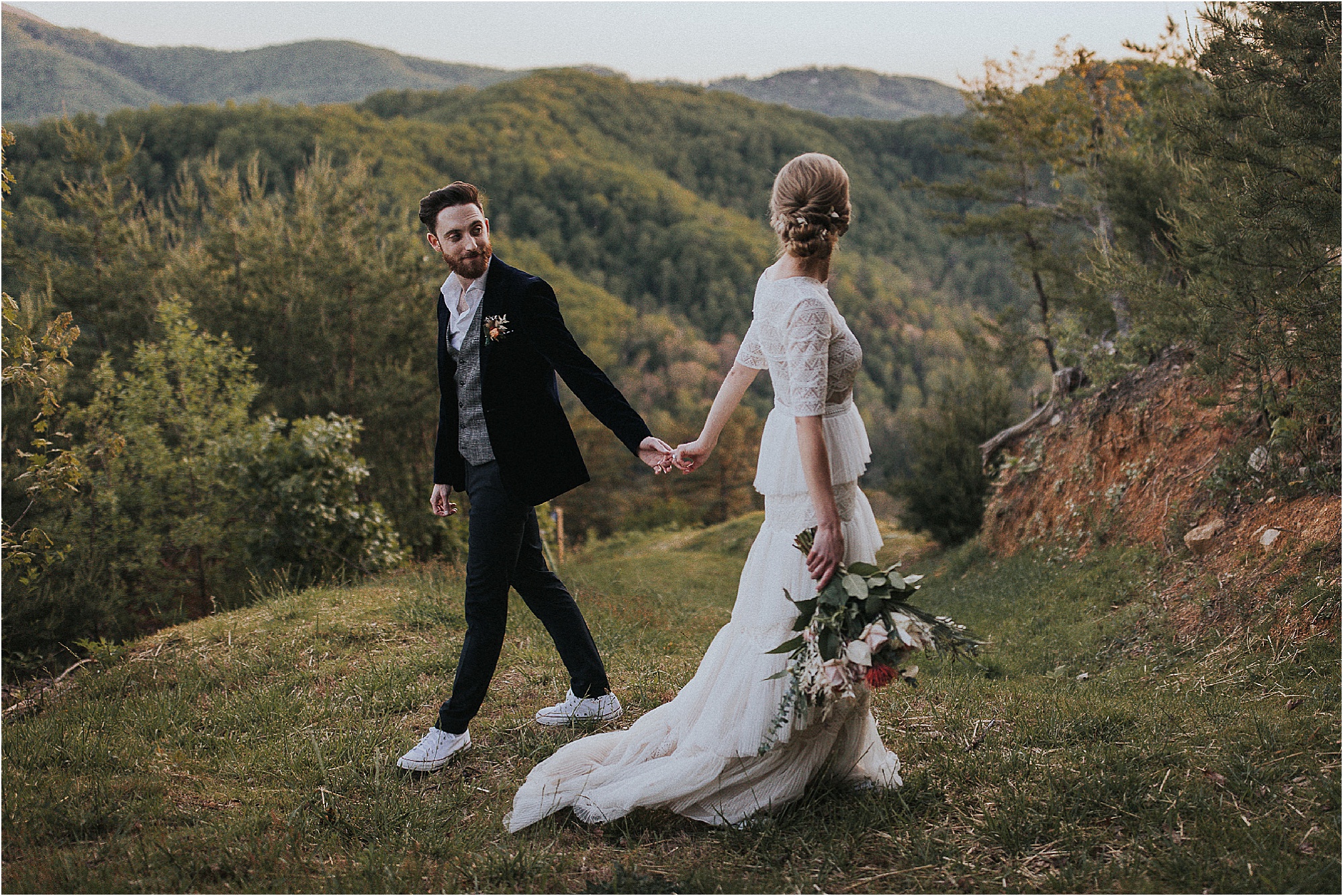
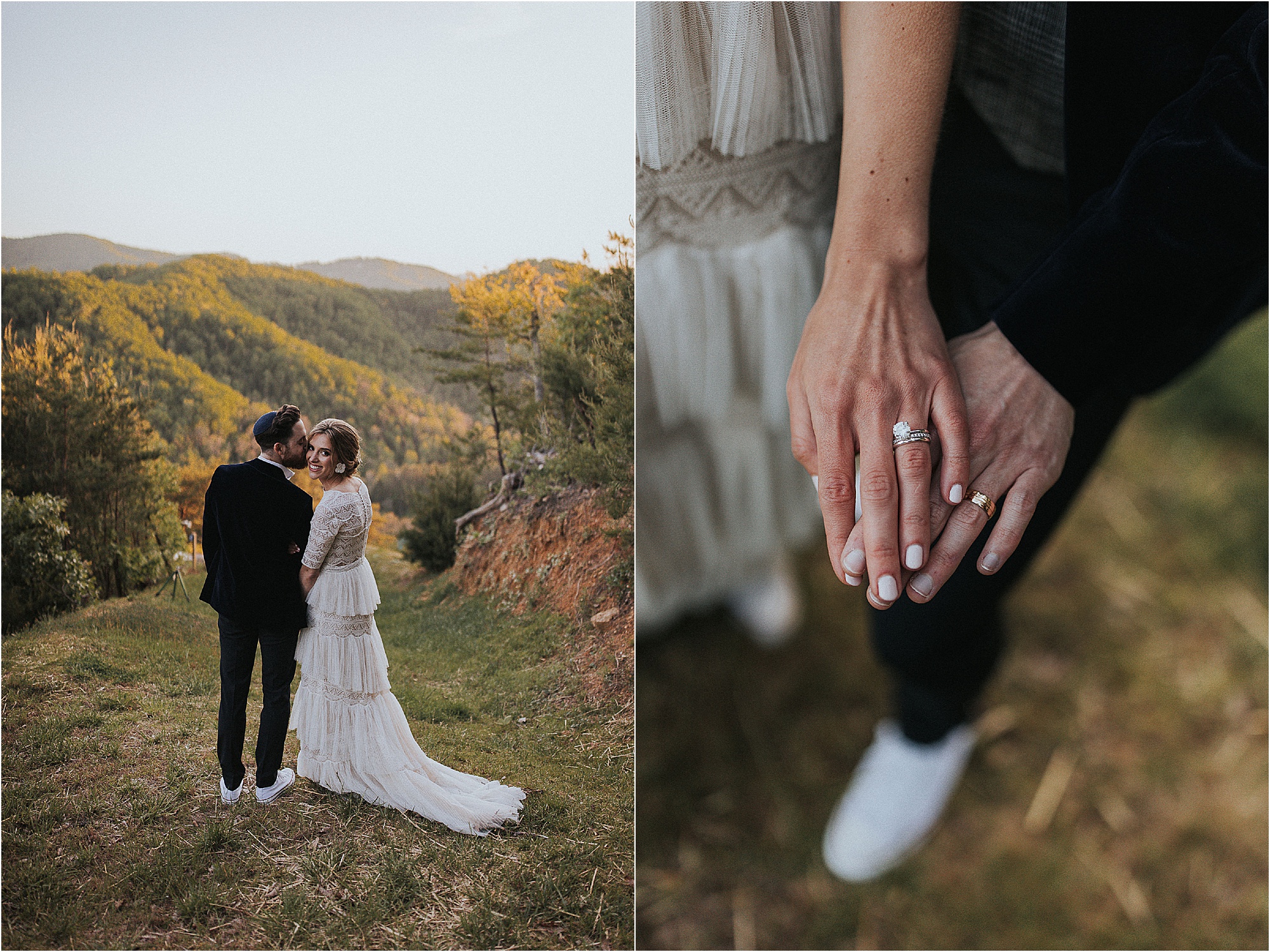

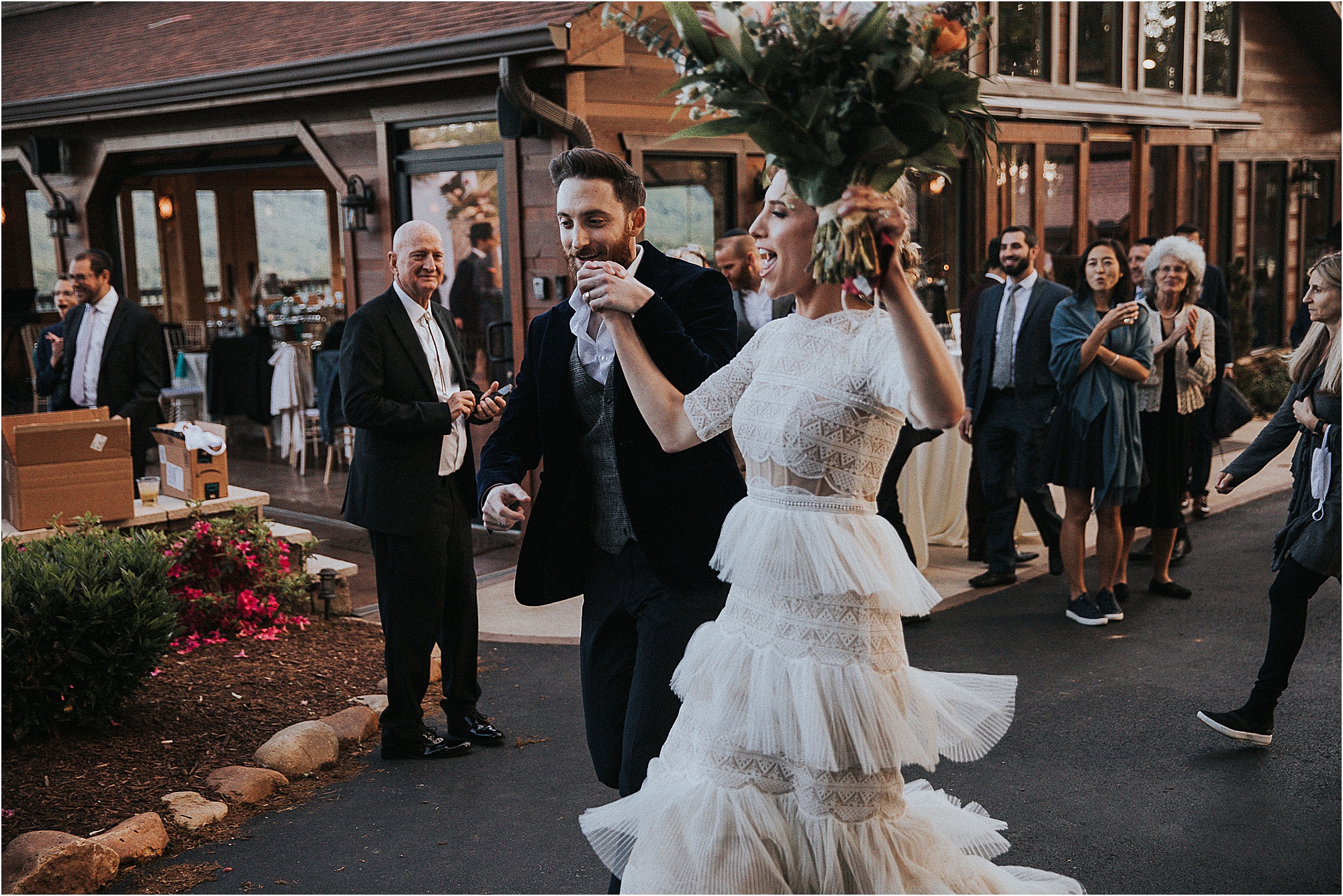
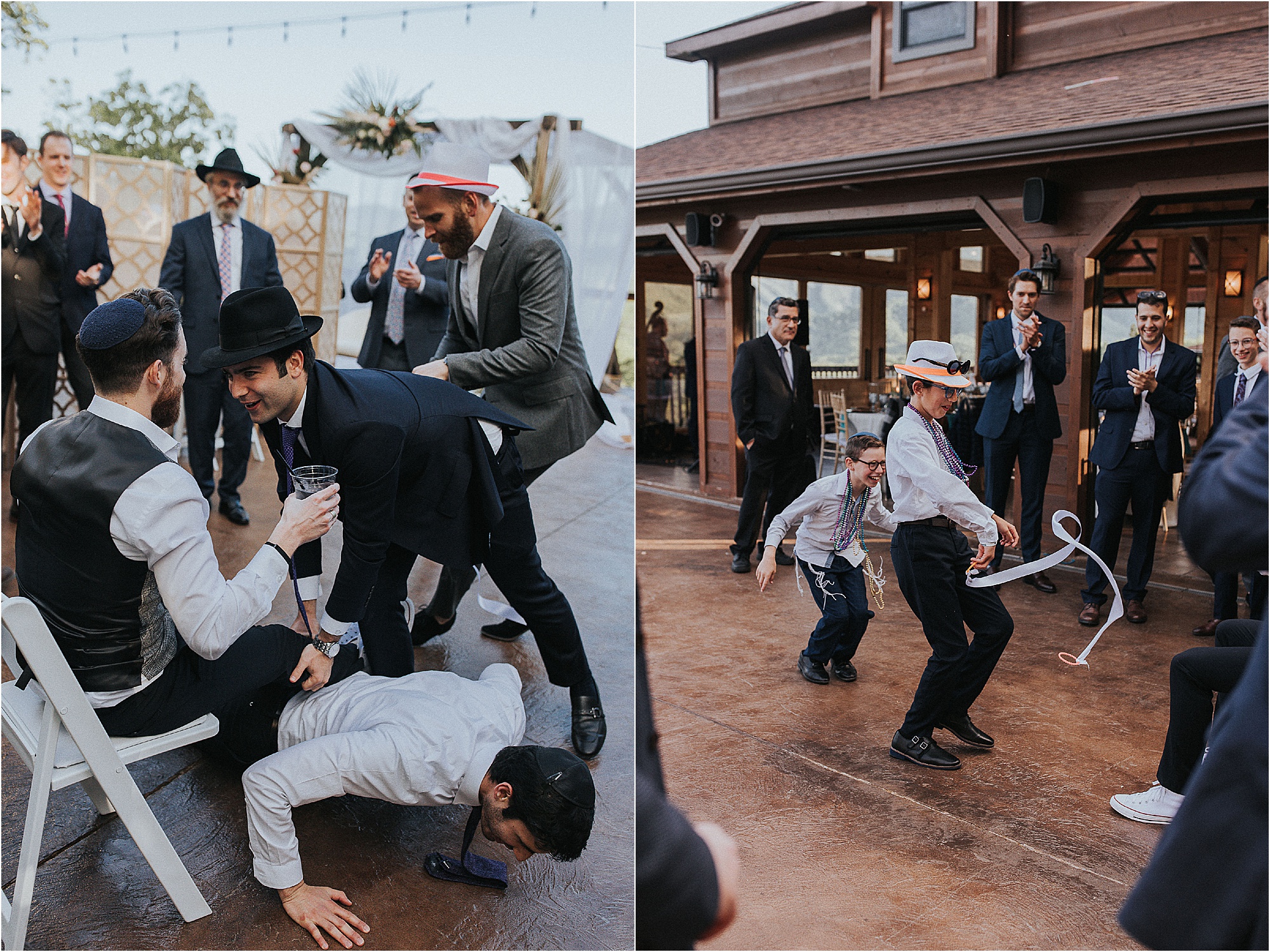
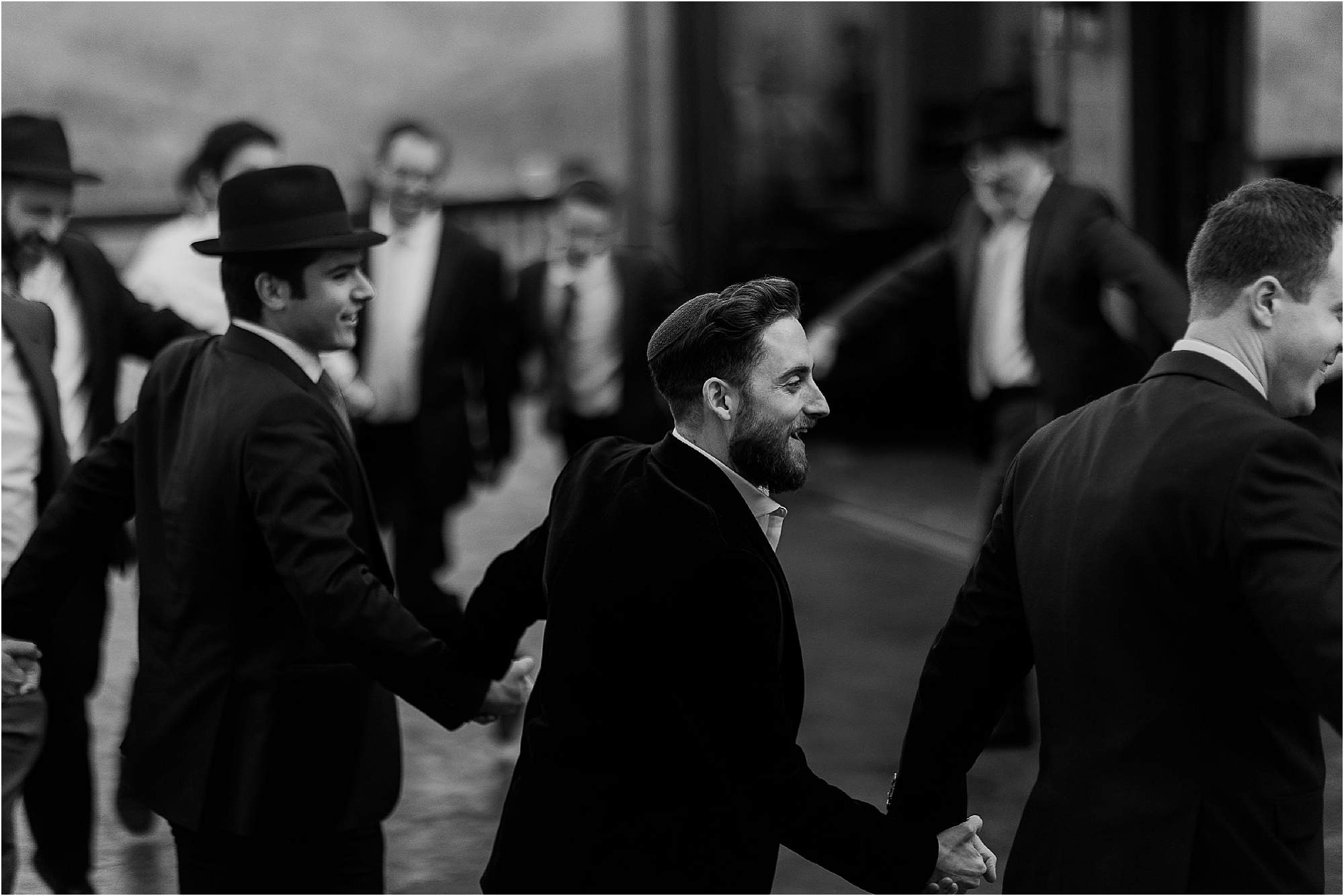
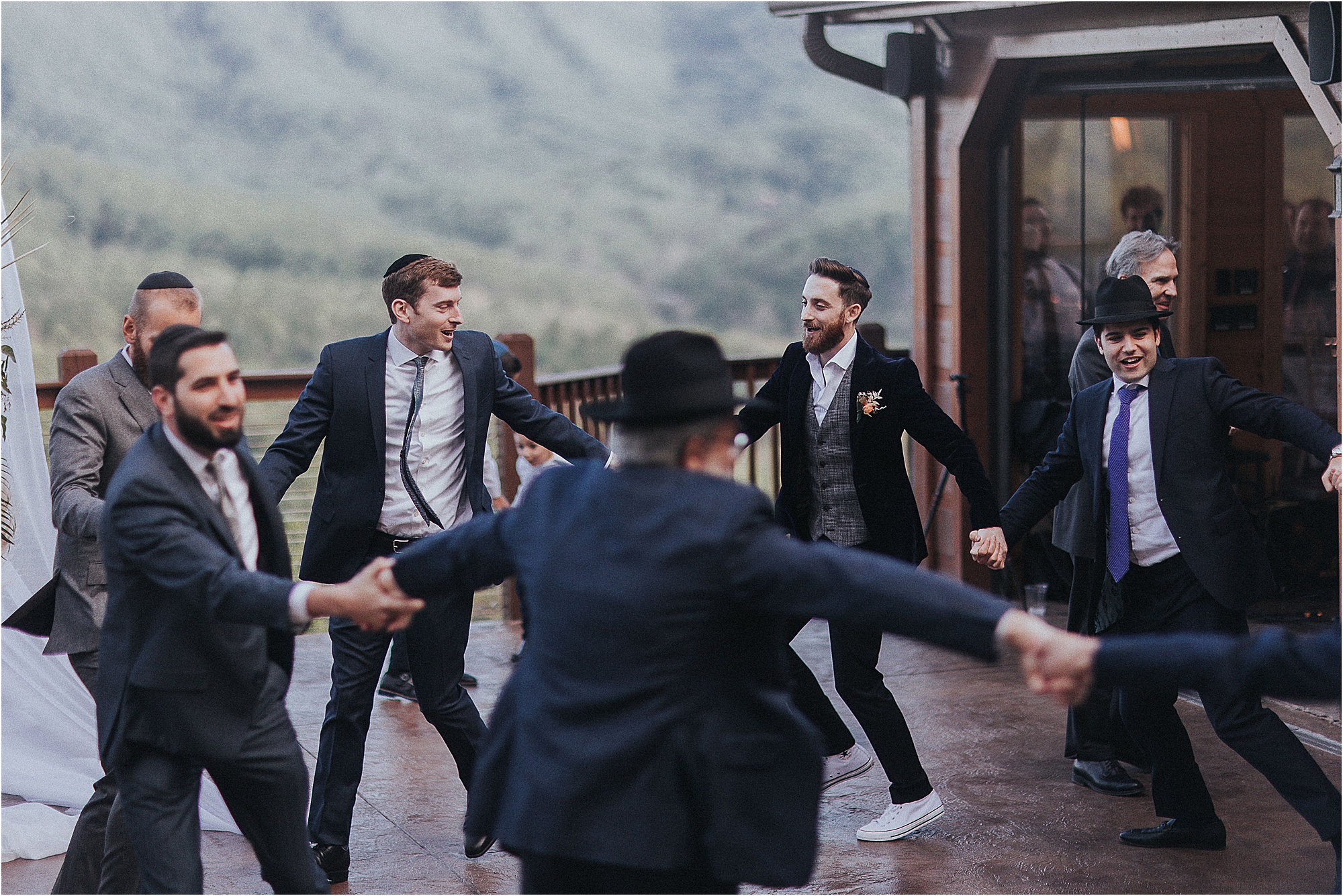
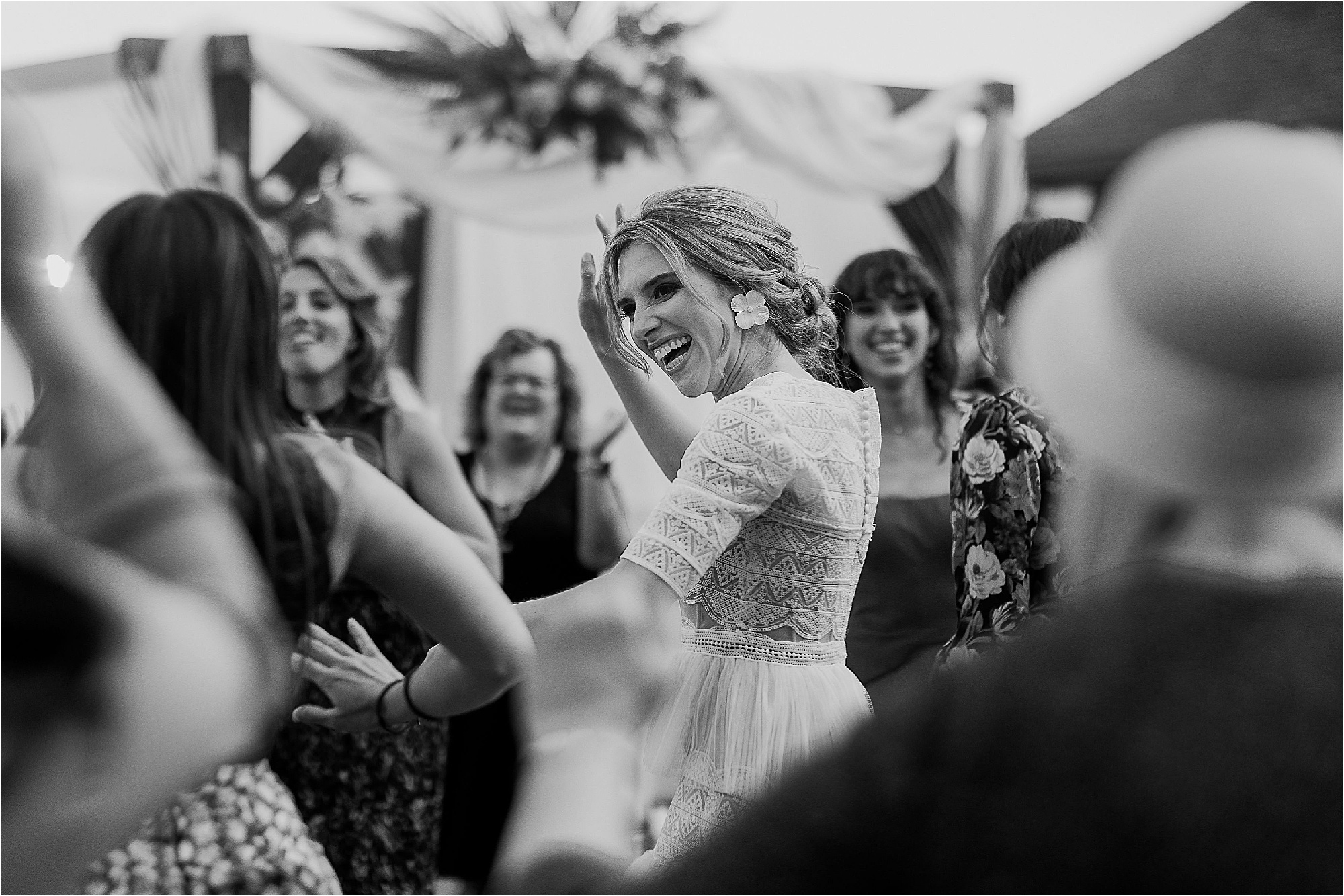
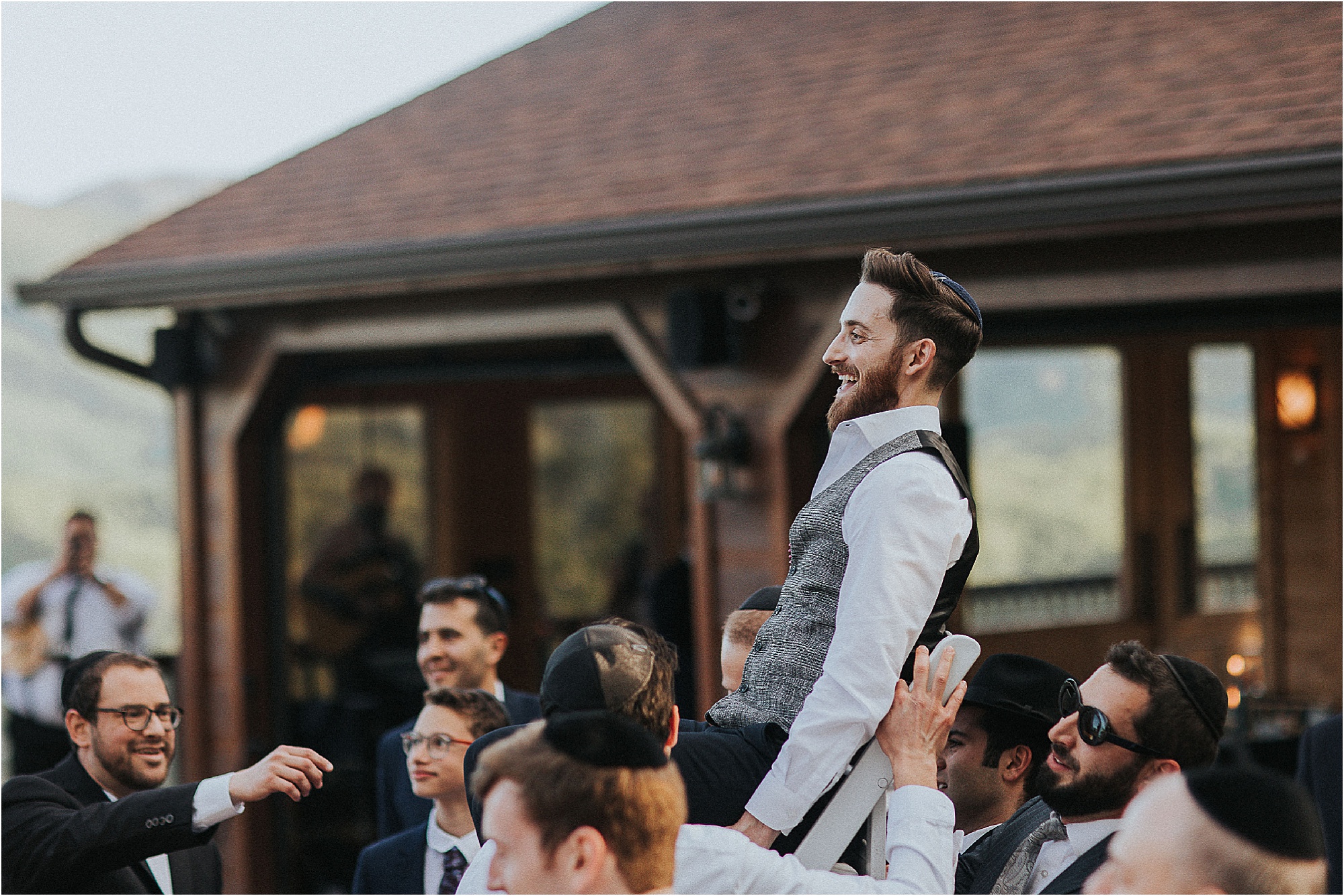
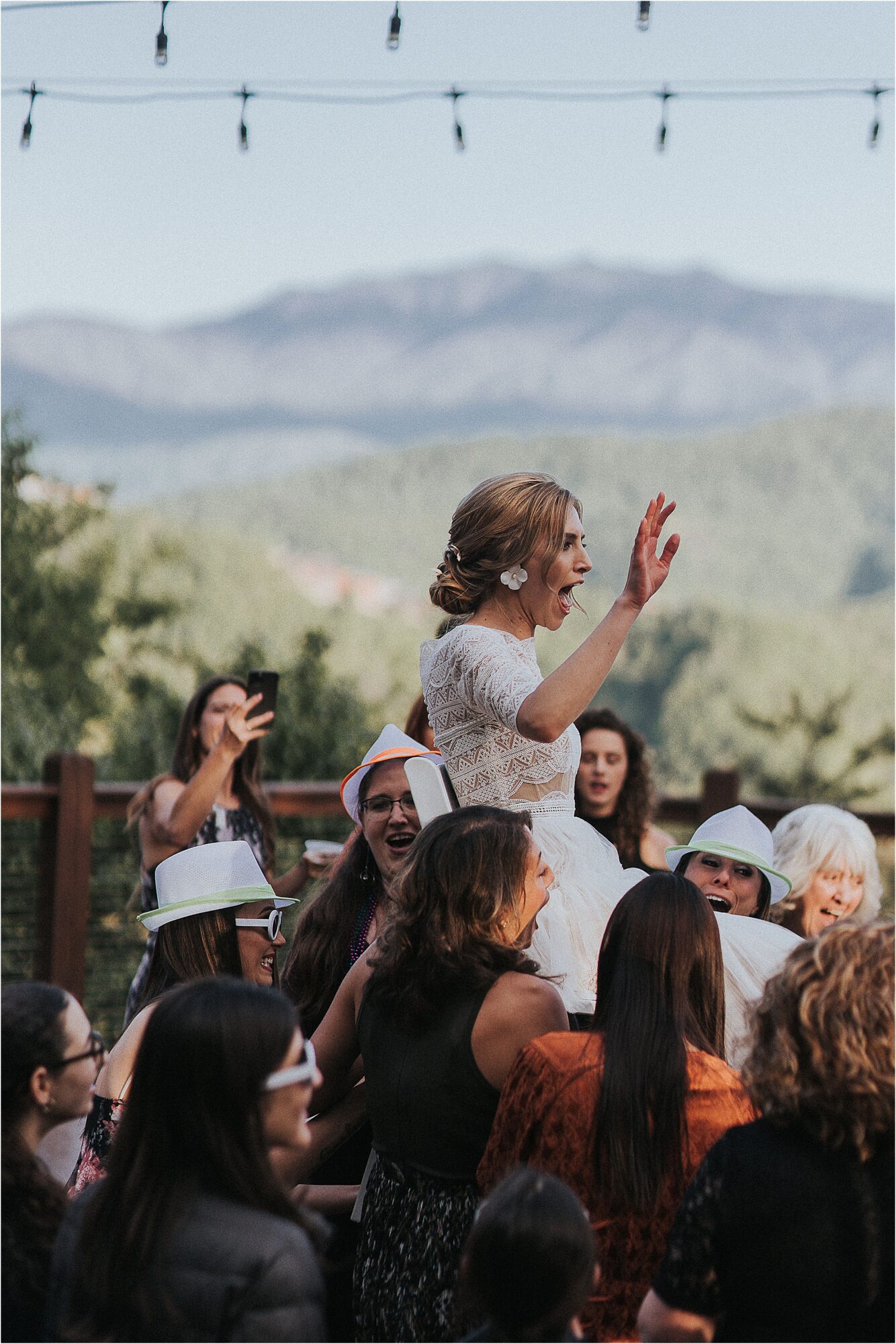
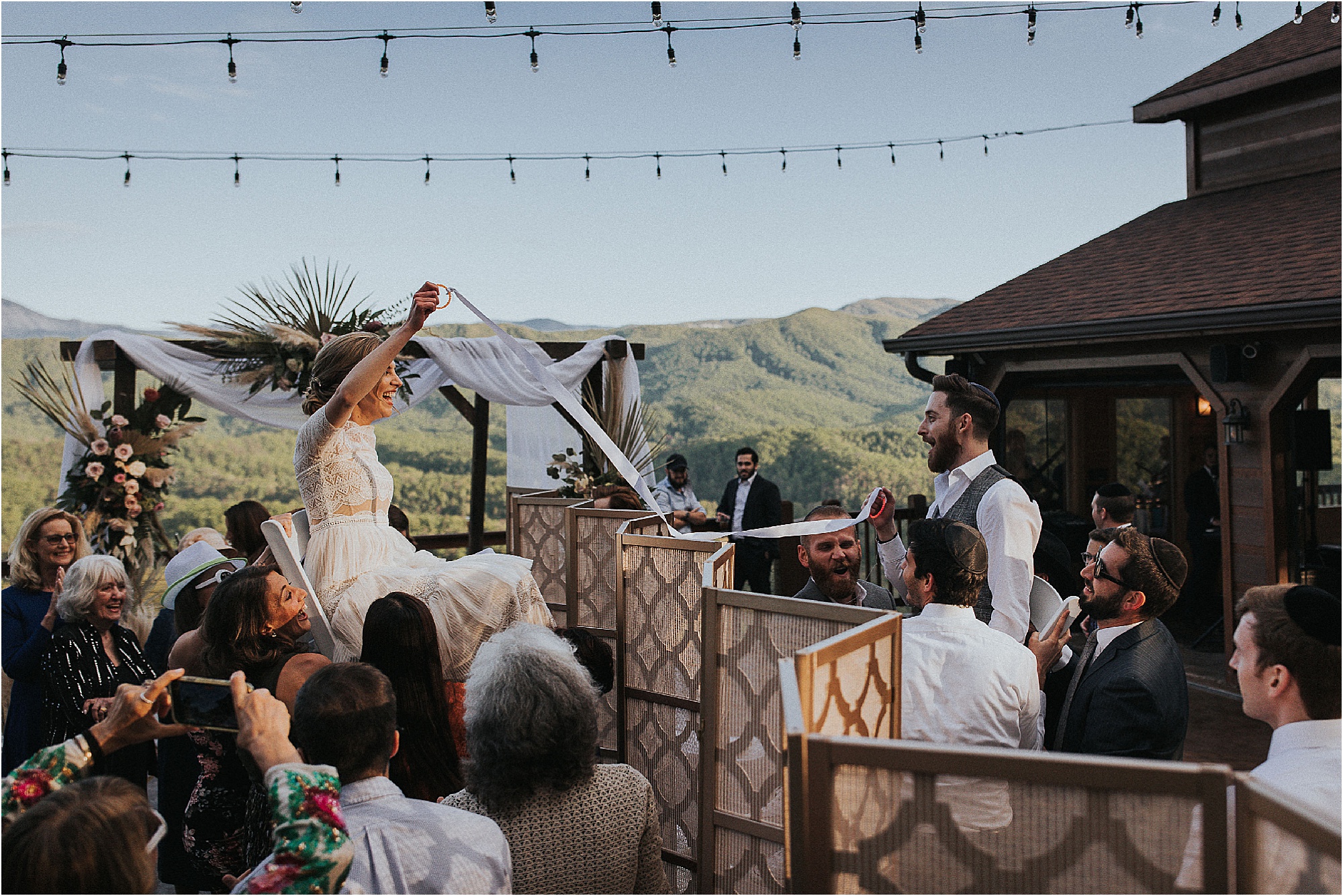
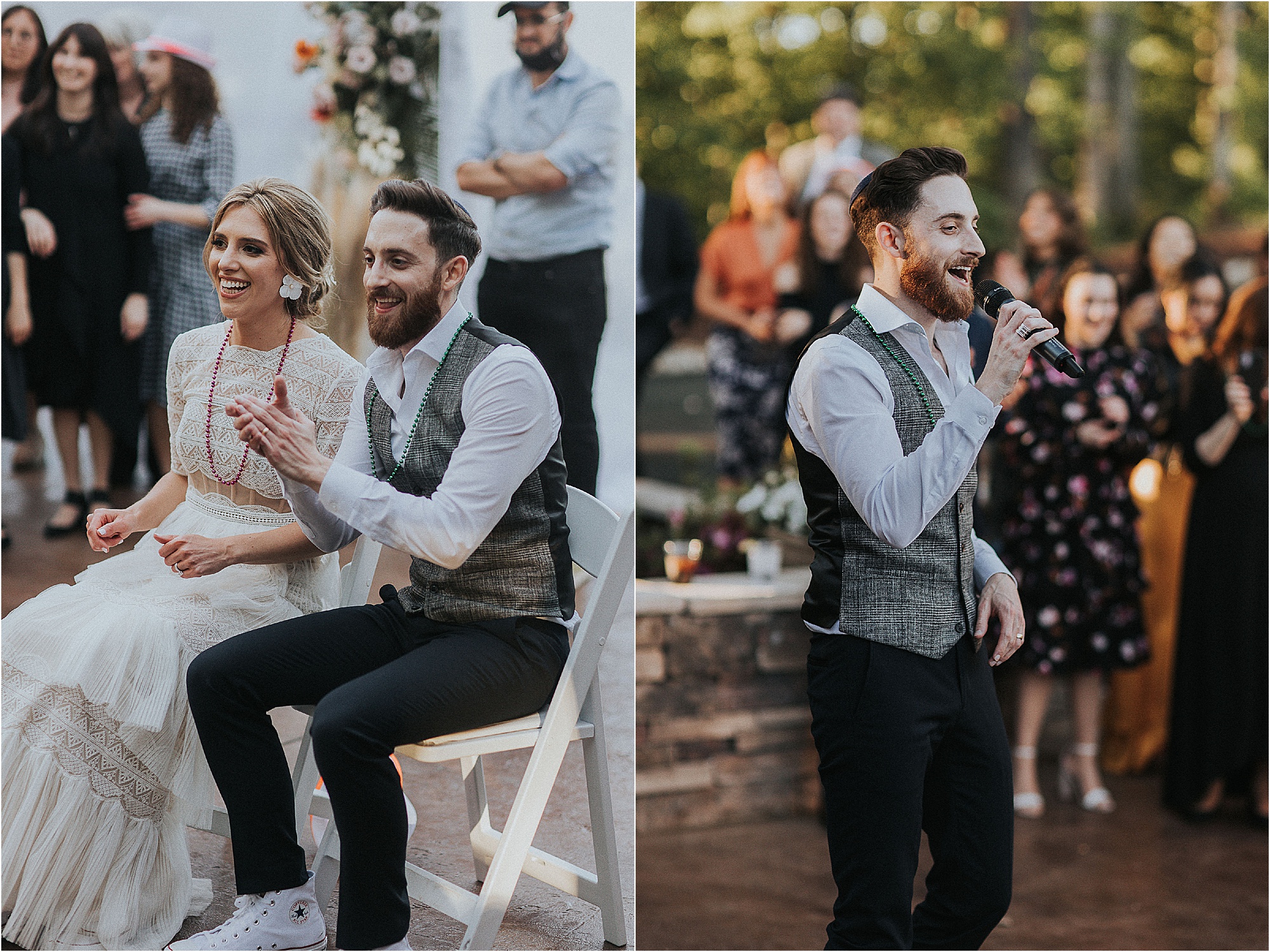

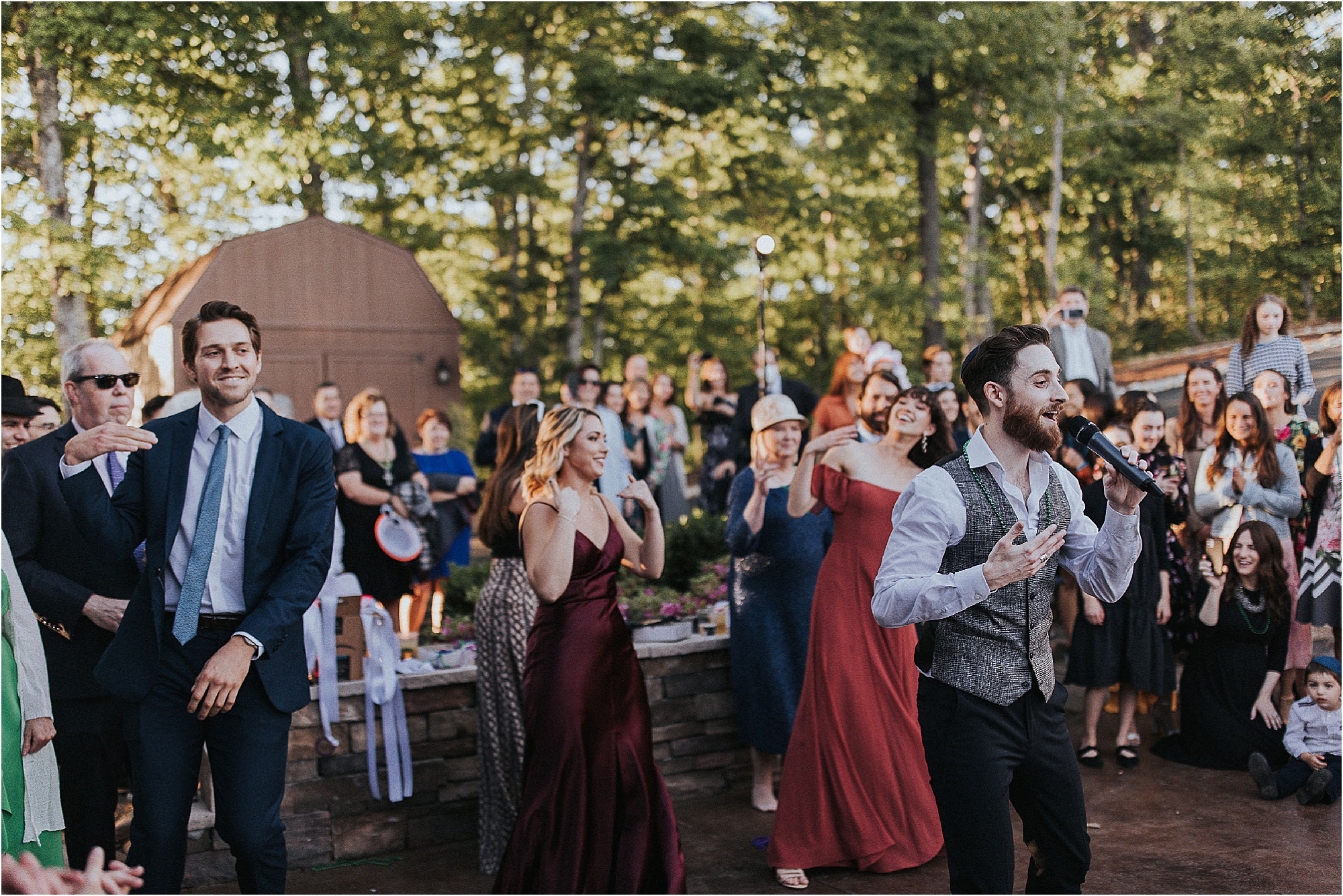
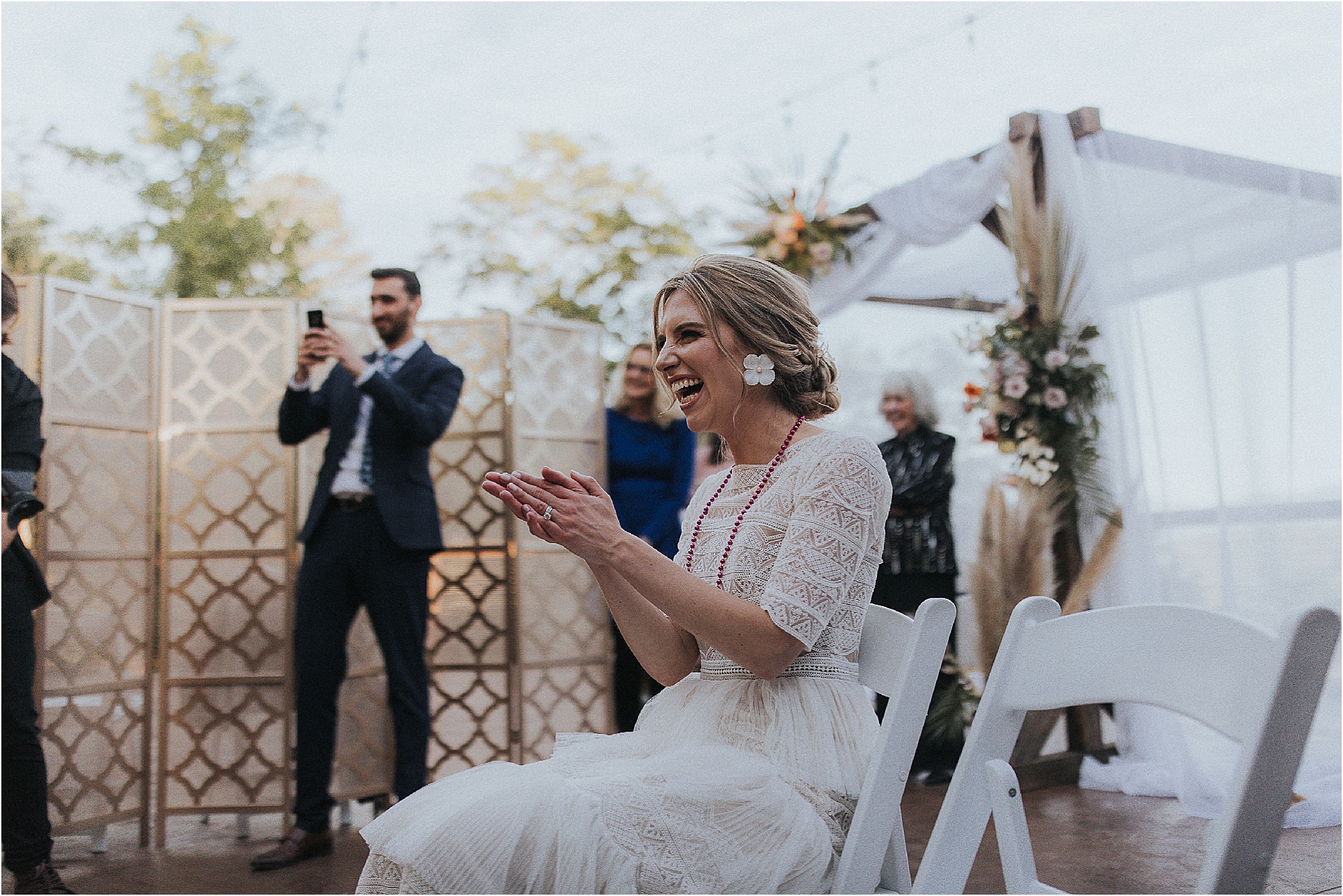
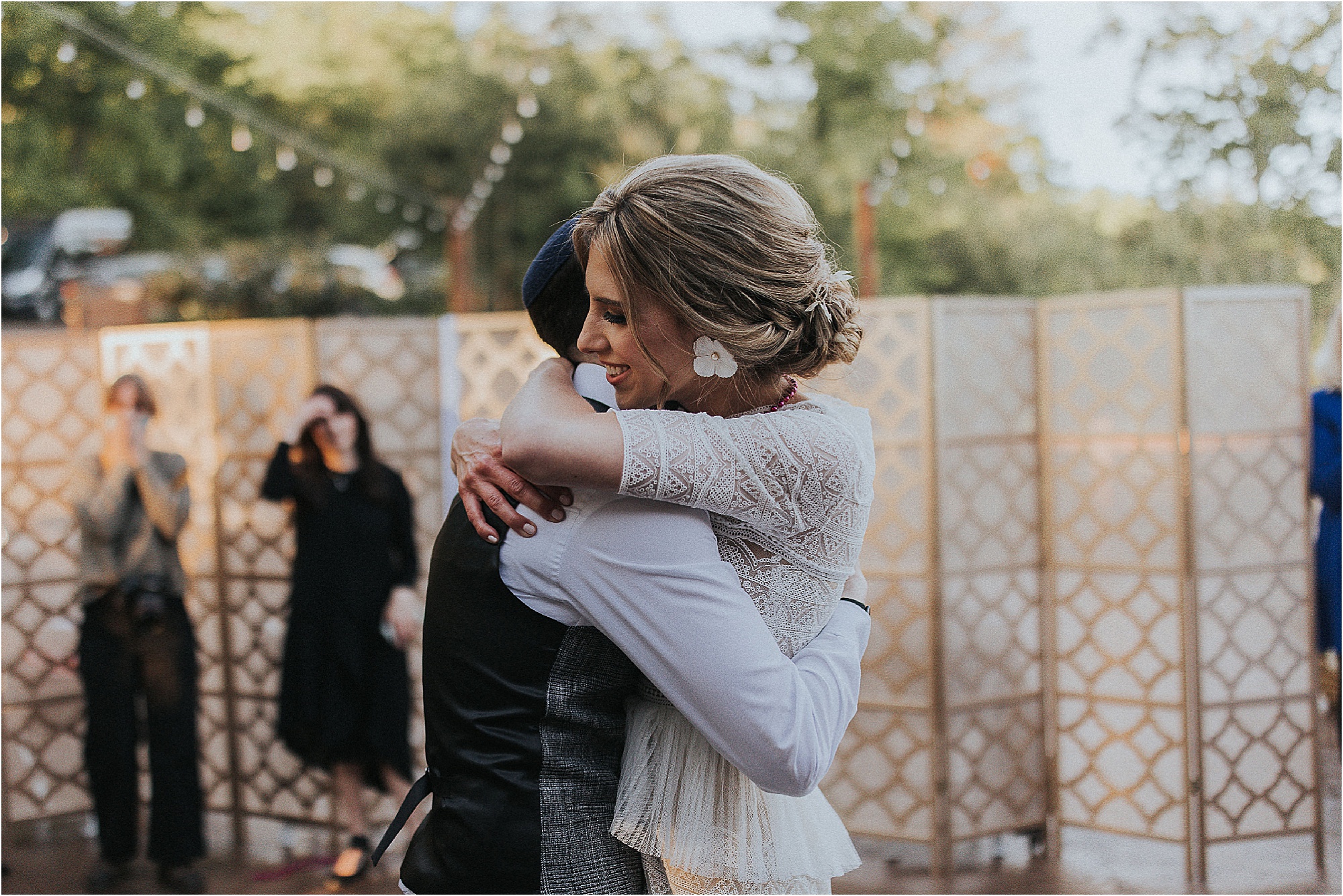
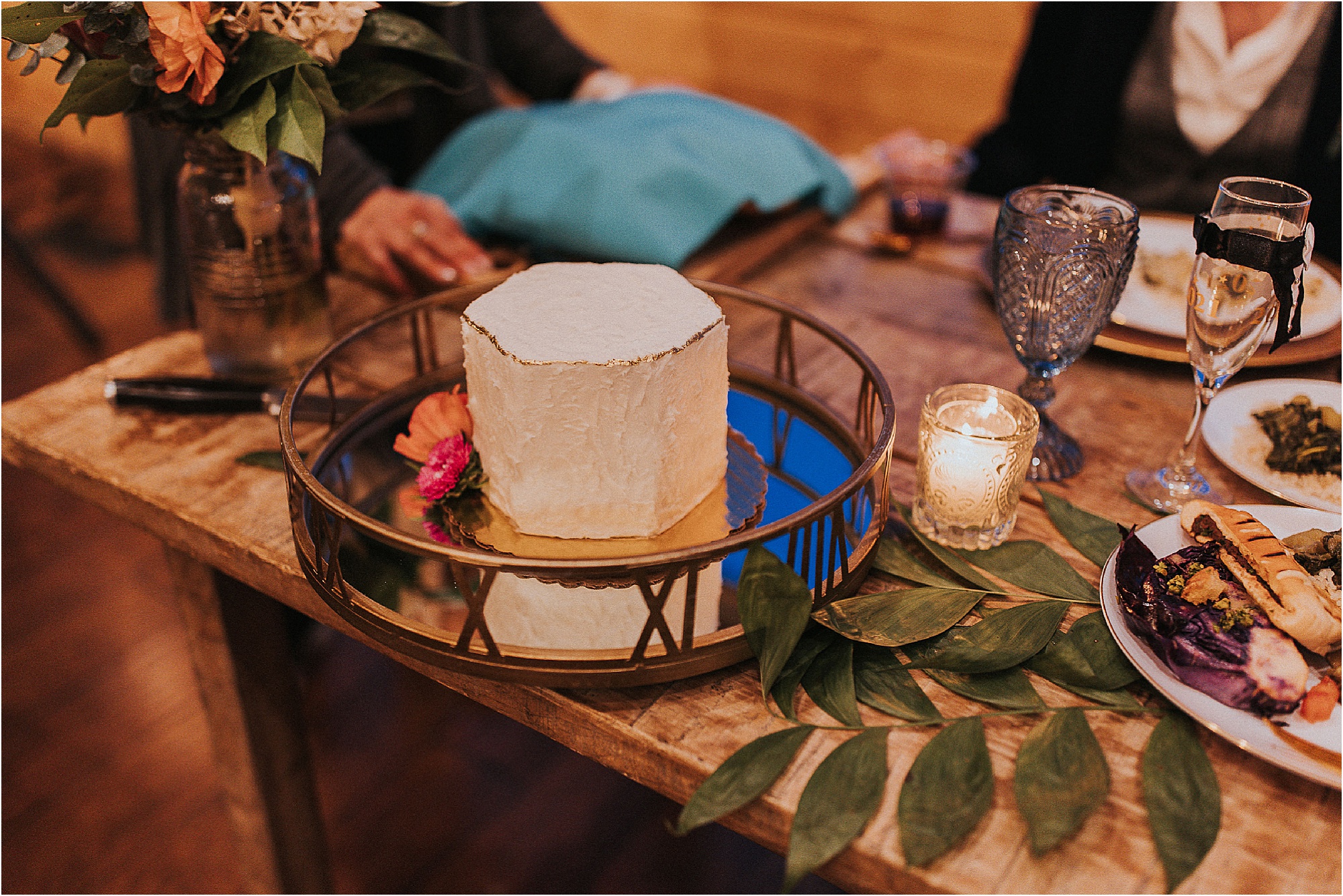
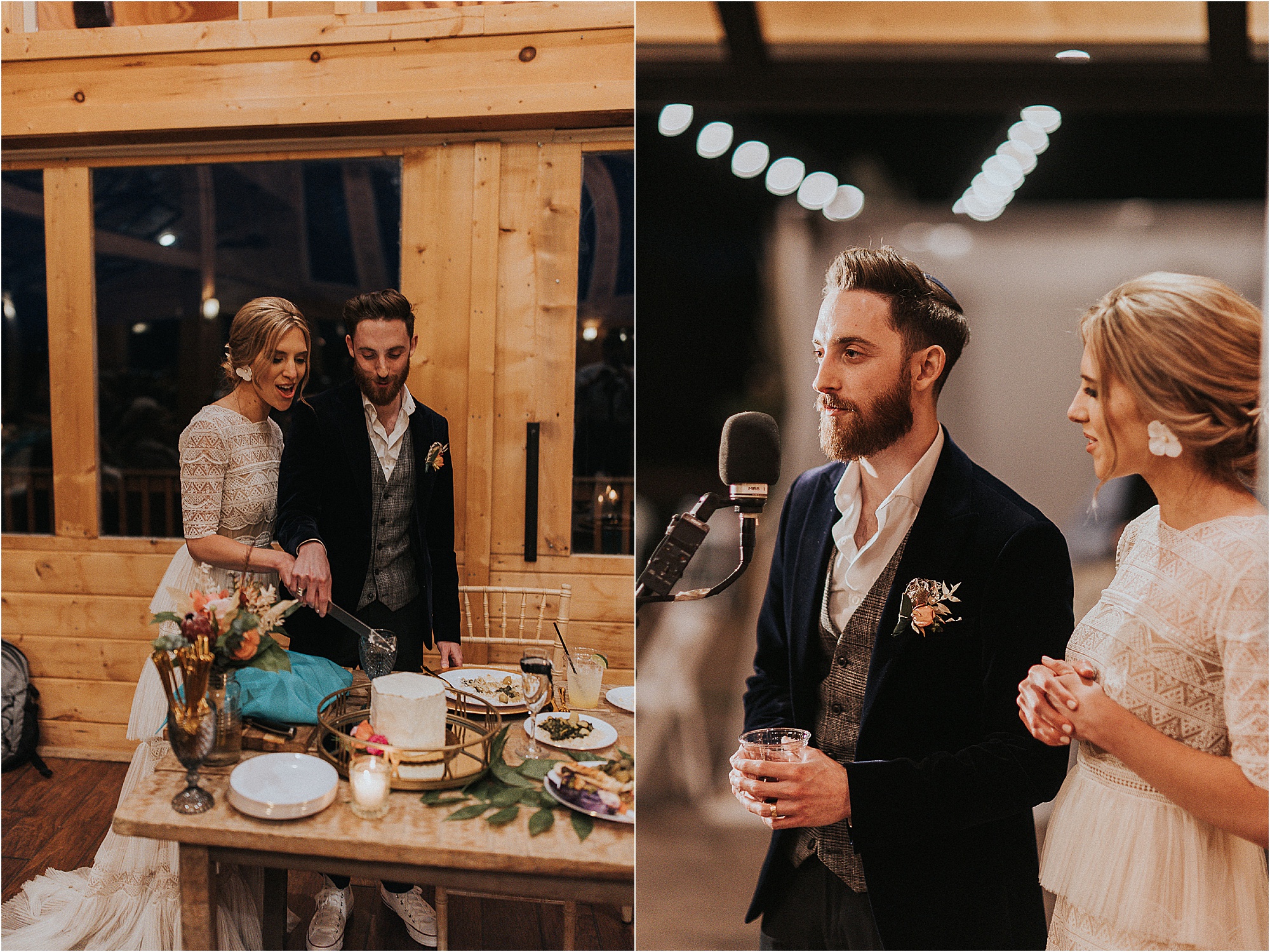
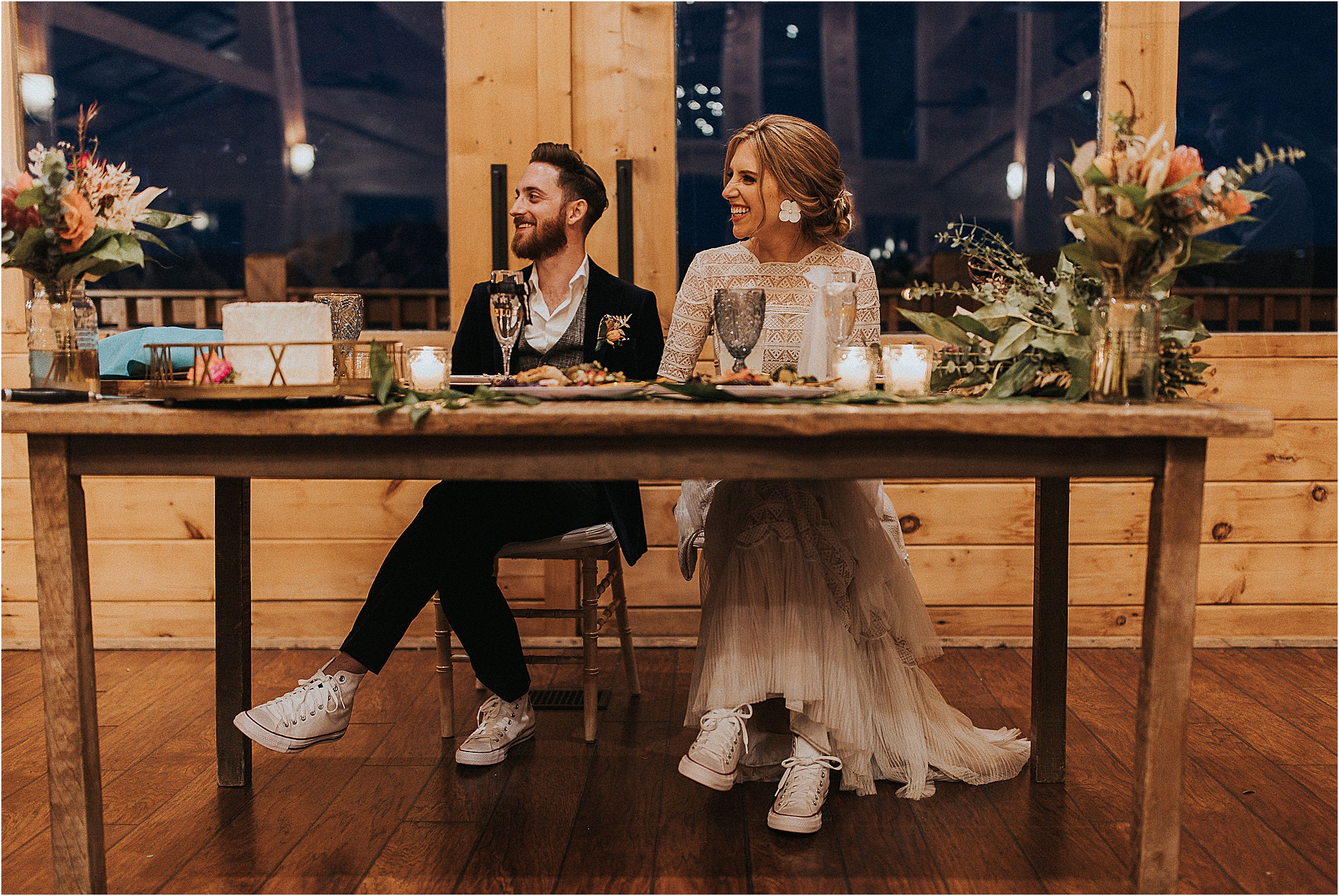
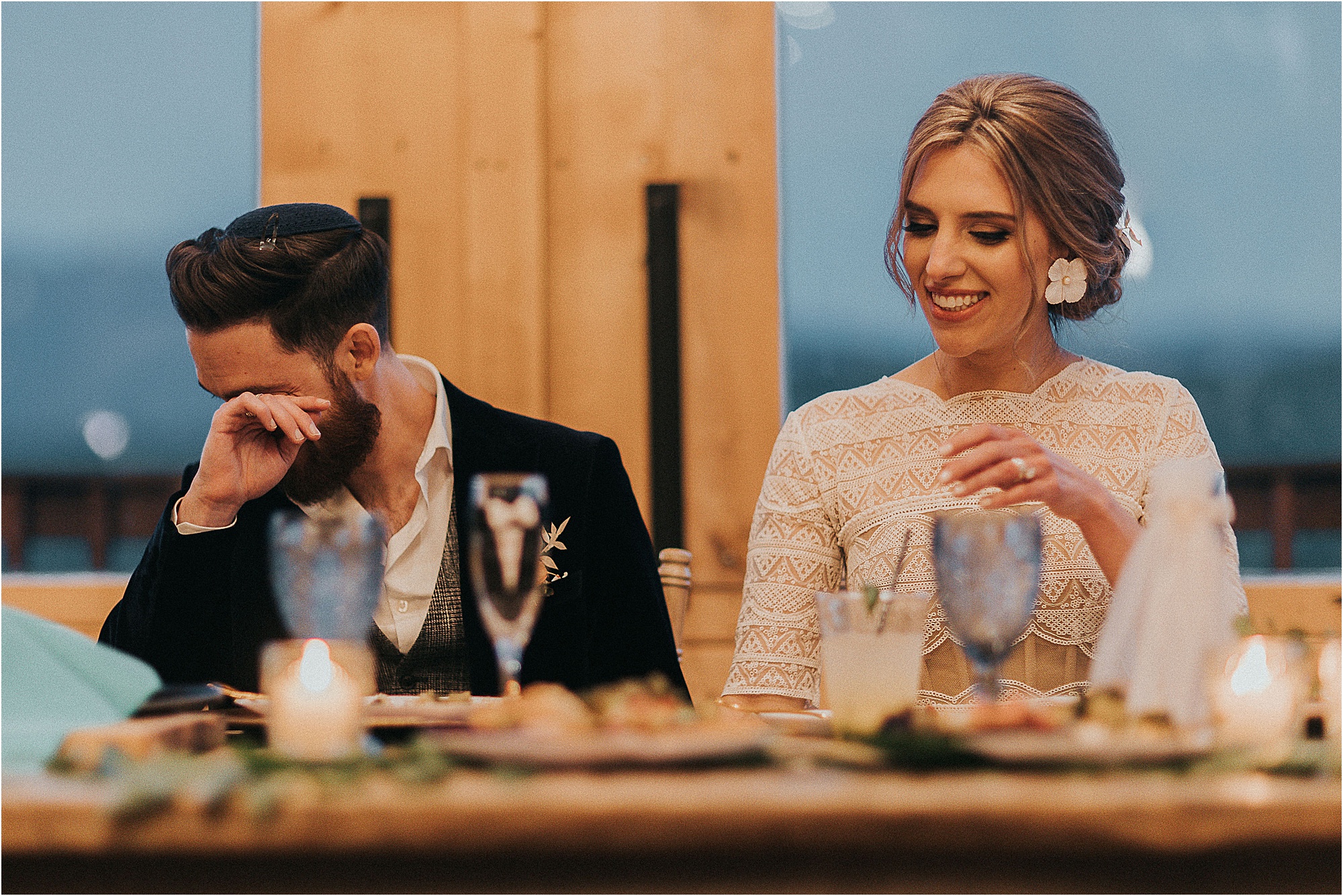
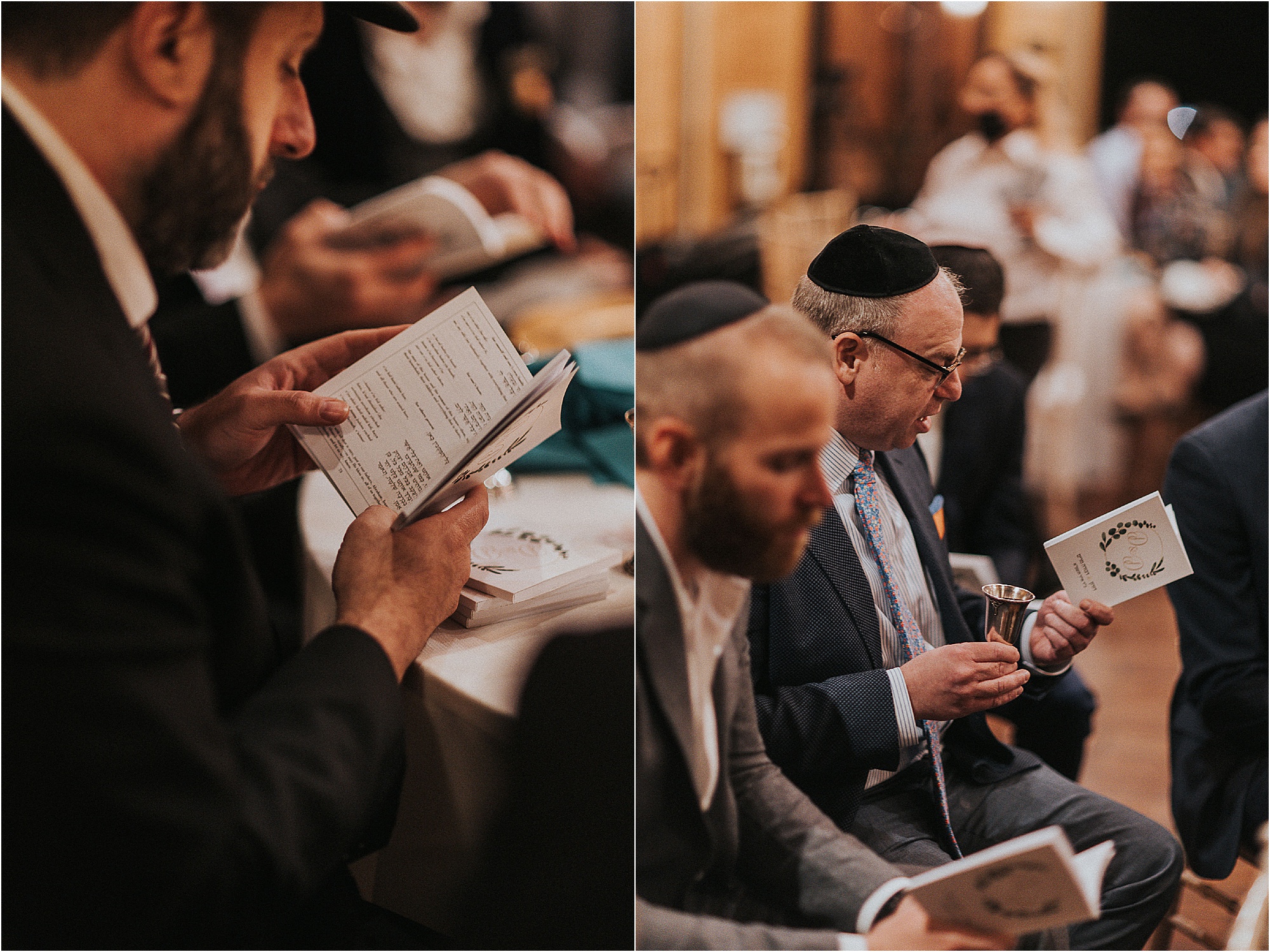

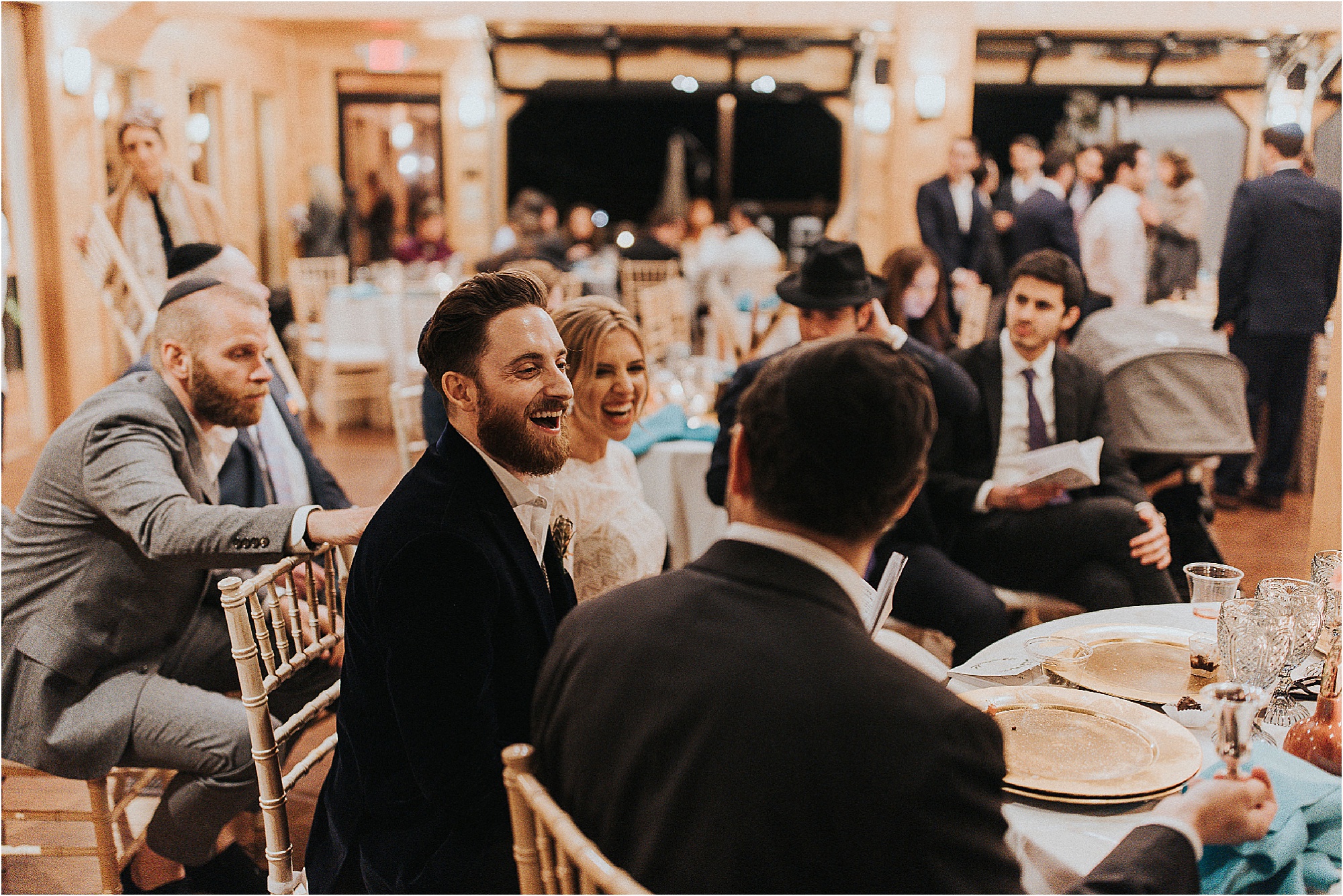
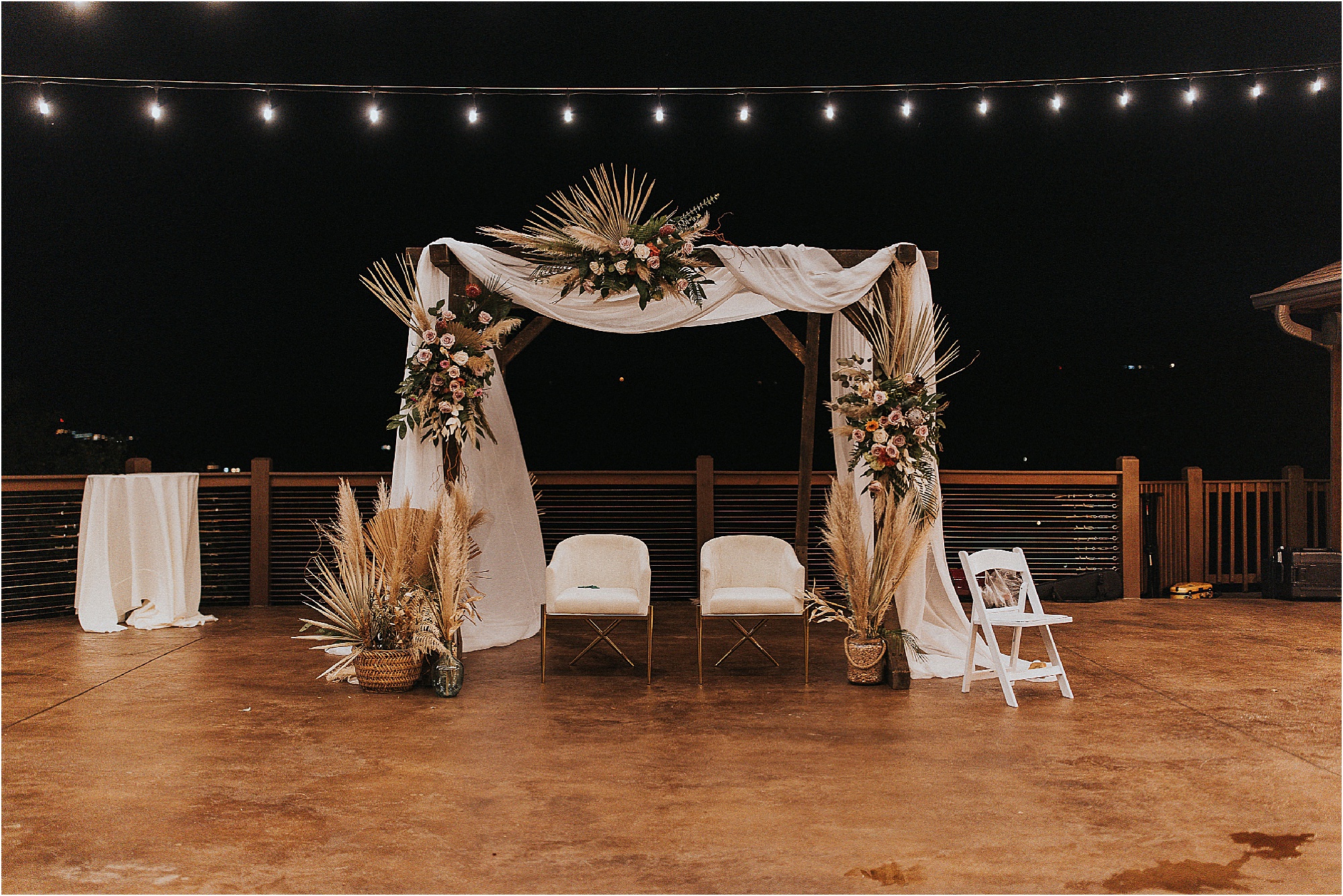
Photographer: Kelsey Shea Photography | Design: Kenzie with I Do…Weddings | Planning: Rachel Glazer | Catering: EB Catering | Violinist: Mendel Kugel | Bluegrass Band: Midnight Run |Keyboard: Toovia | Bartending: Single Barrel Events | Florals: Vintage Floral Design | Videographer: Red Tail Cinema | Livestream: Lovestream | Rentals: All Occasions Party Rentals & Sisters Vintage Rentals | Makeup: Effortless Beauty | Hair Stylist: Knoxville Bridal Hair
Ready to discover what makes The Magnolia one of the most sought-after wedding venues in the Tennessee Smoky Mountains? Begin your virtual tour experience today and explore our breathtaking views, stunning spaces, and effortless planning experience!
Take a Virtual Tour
Learn more